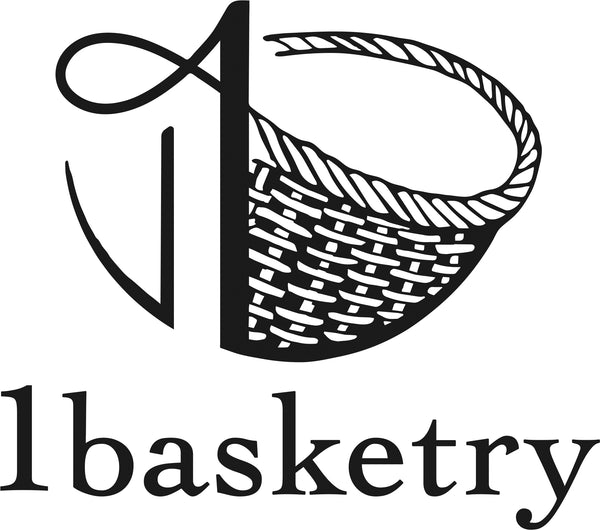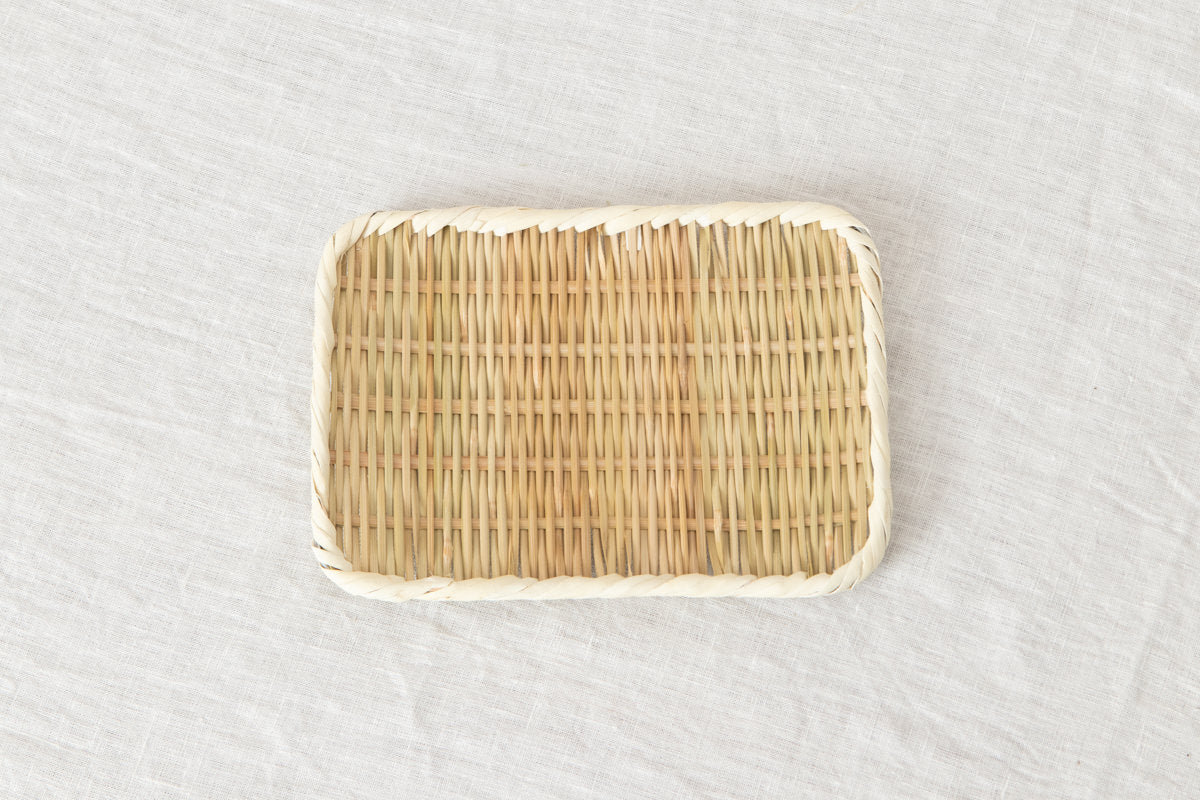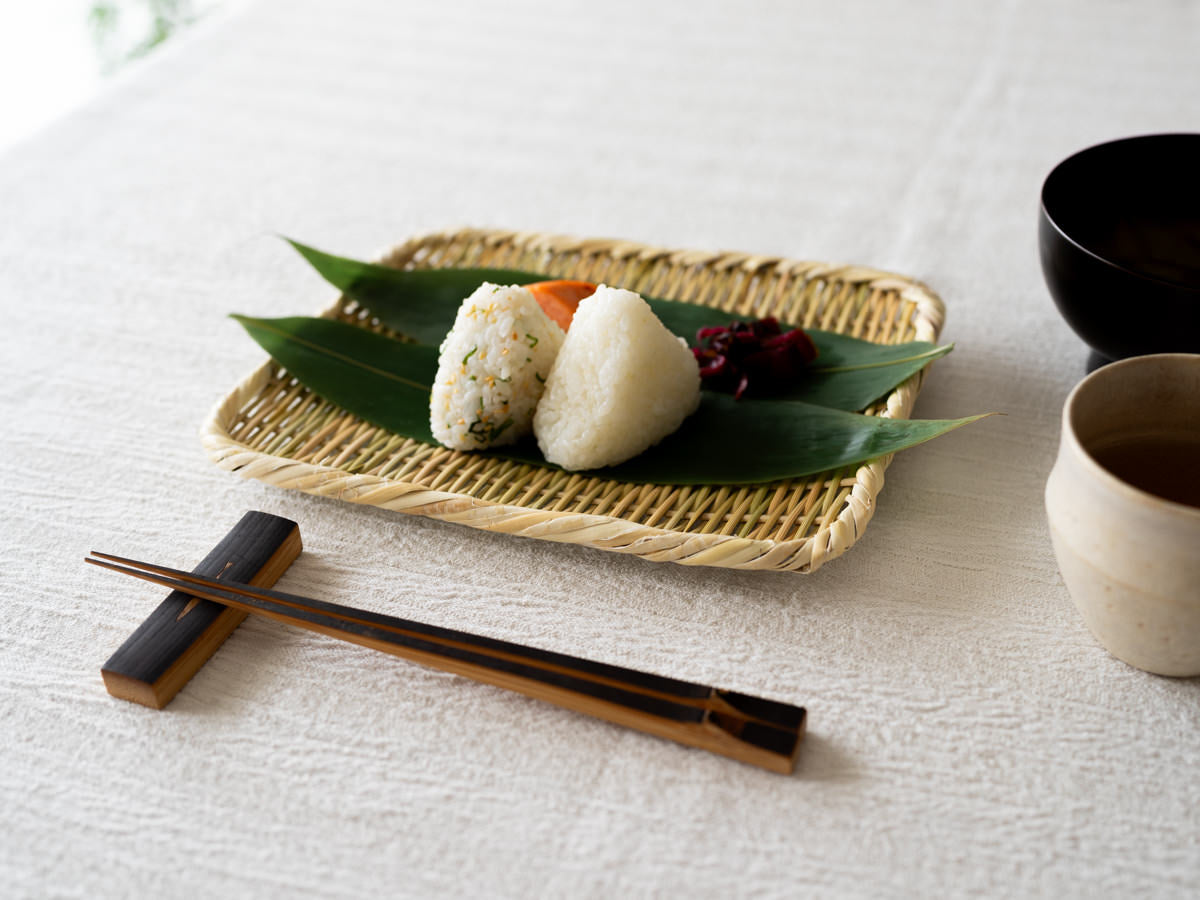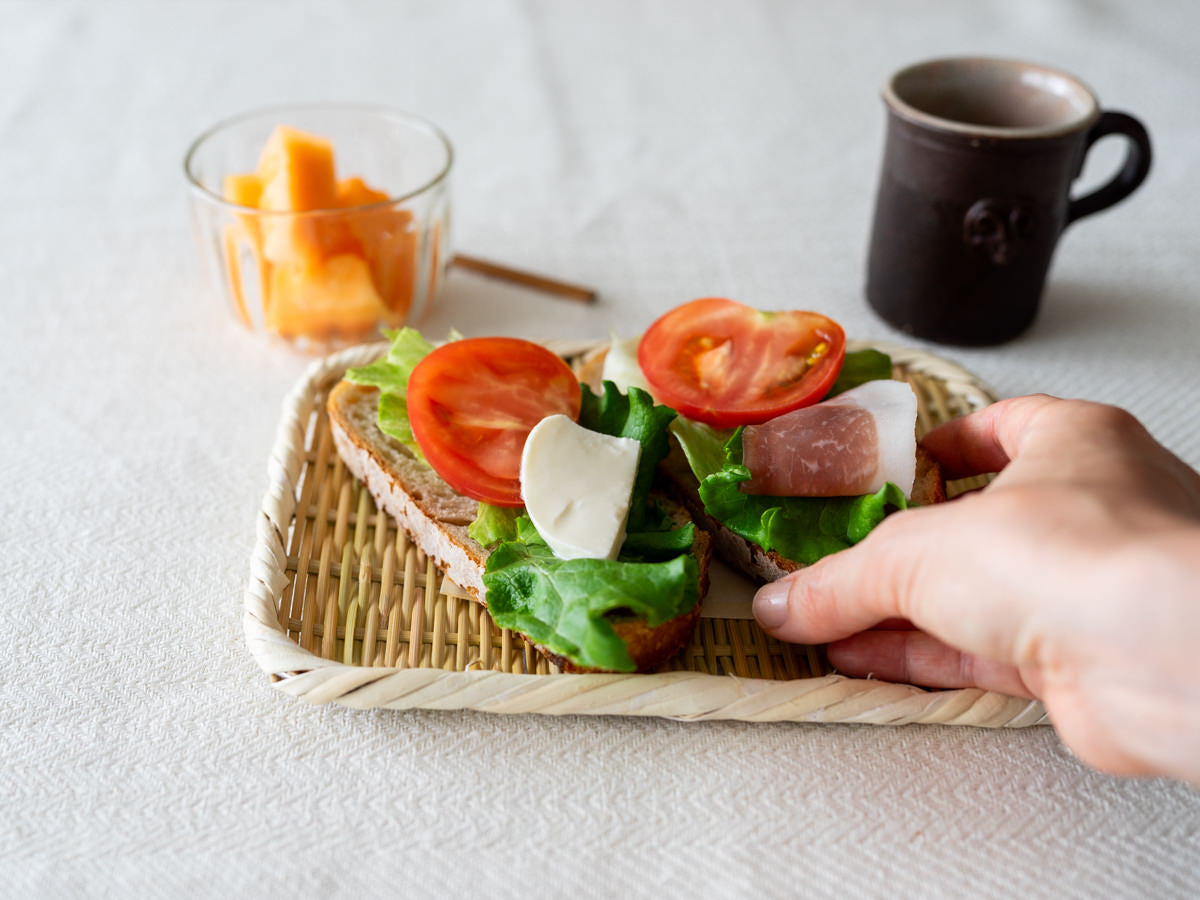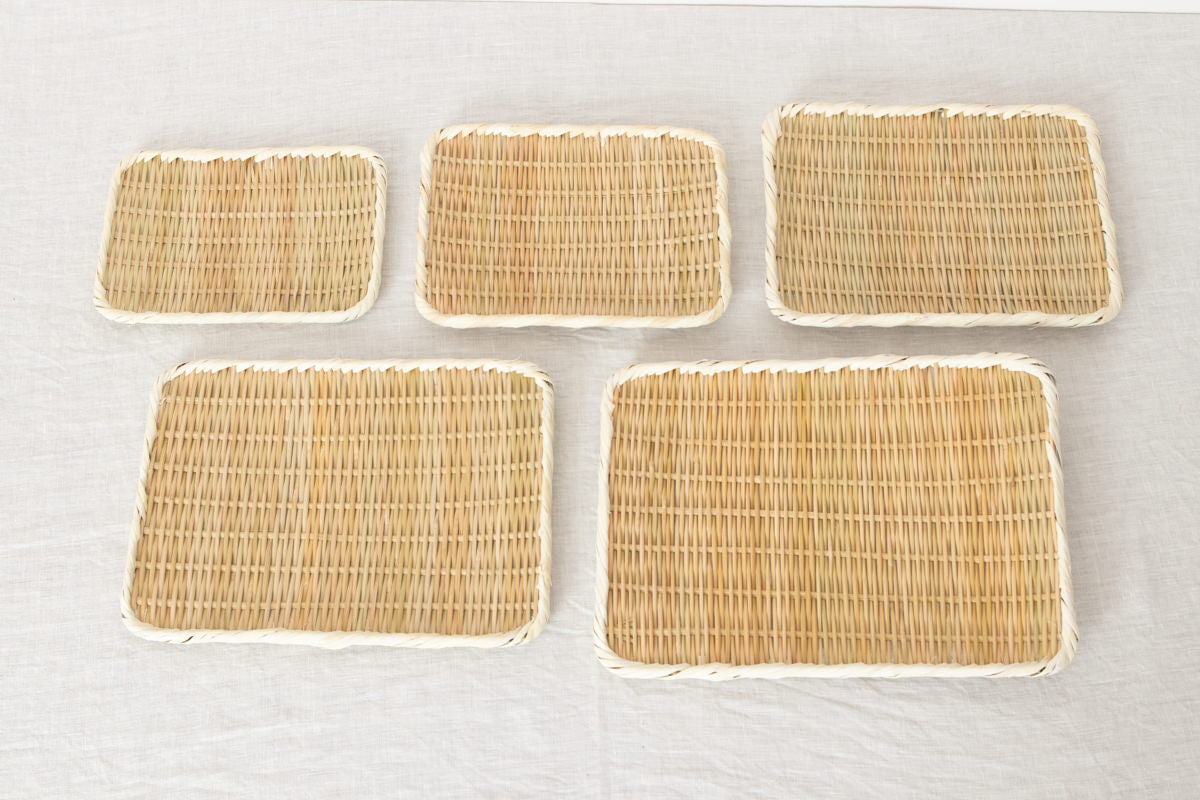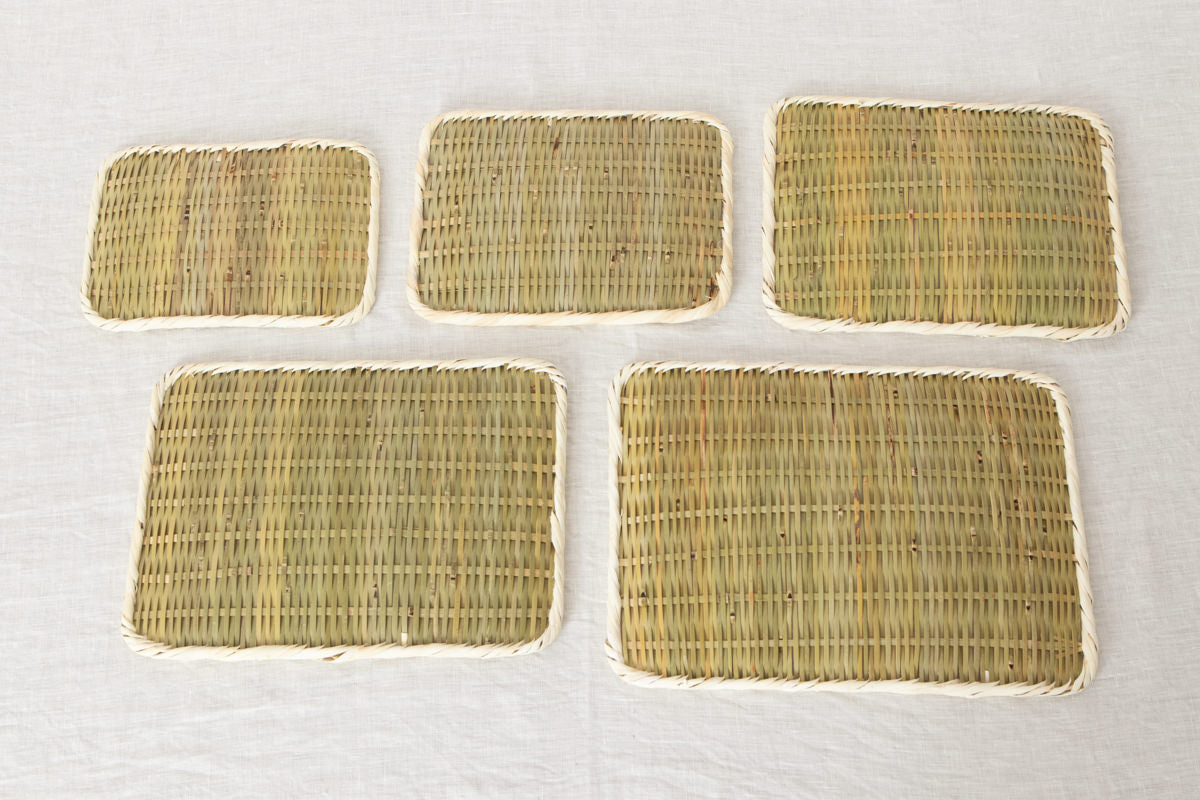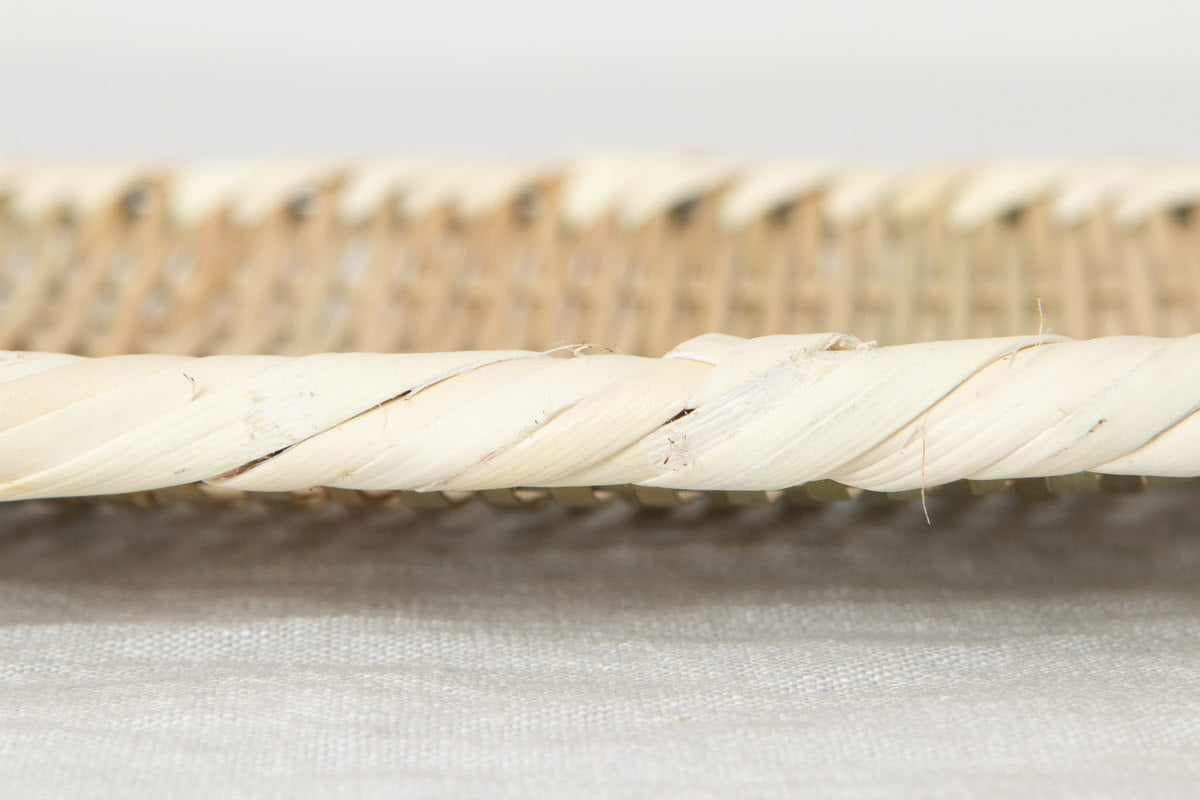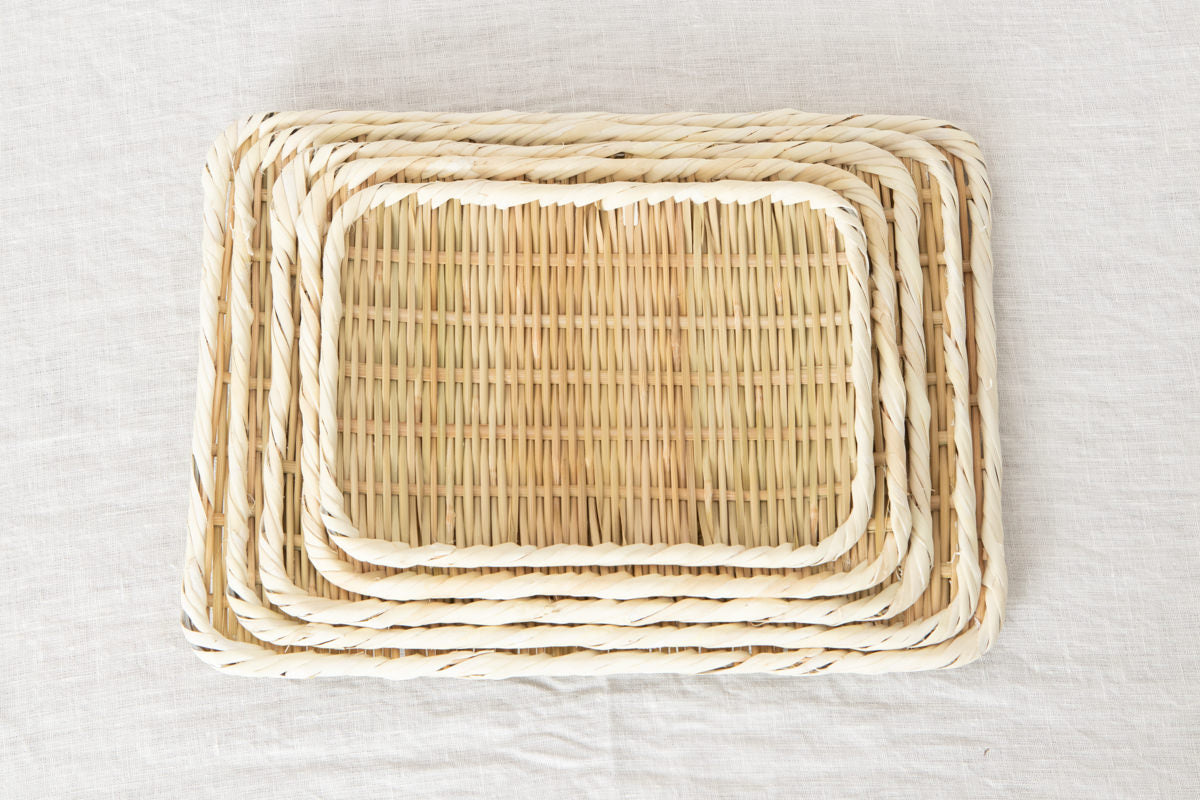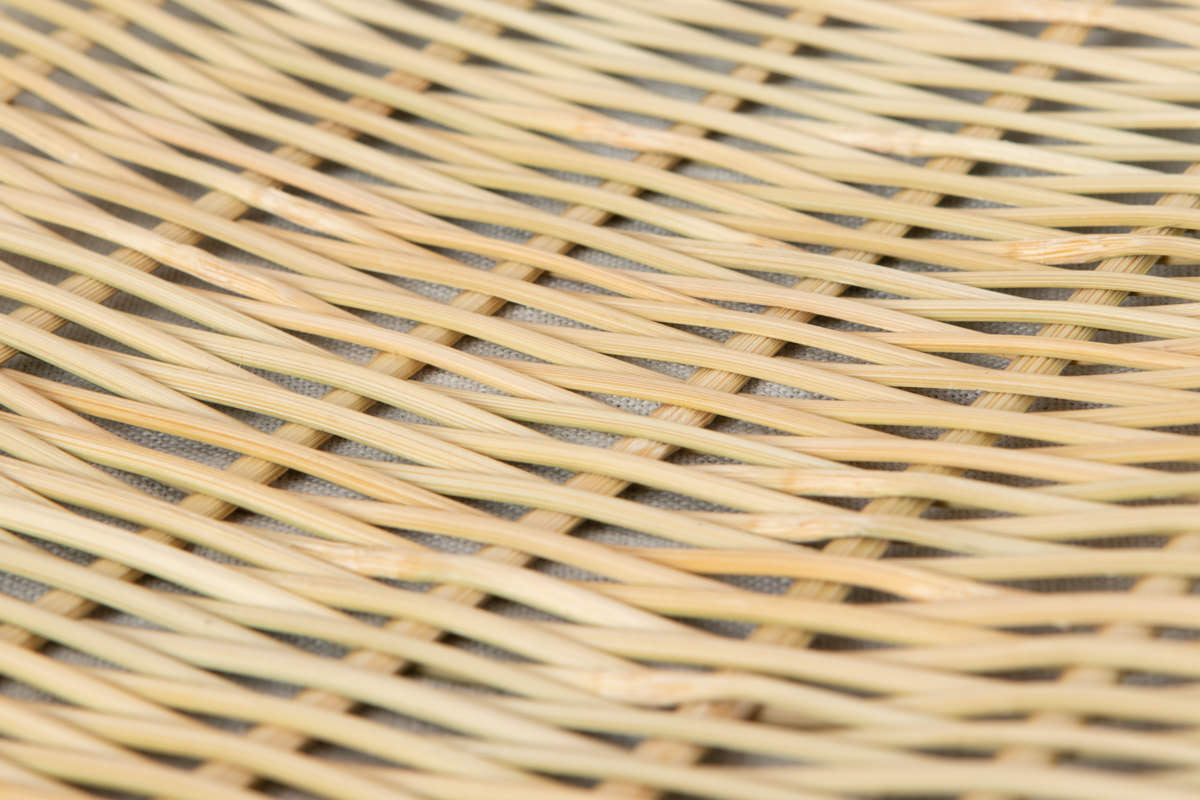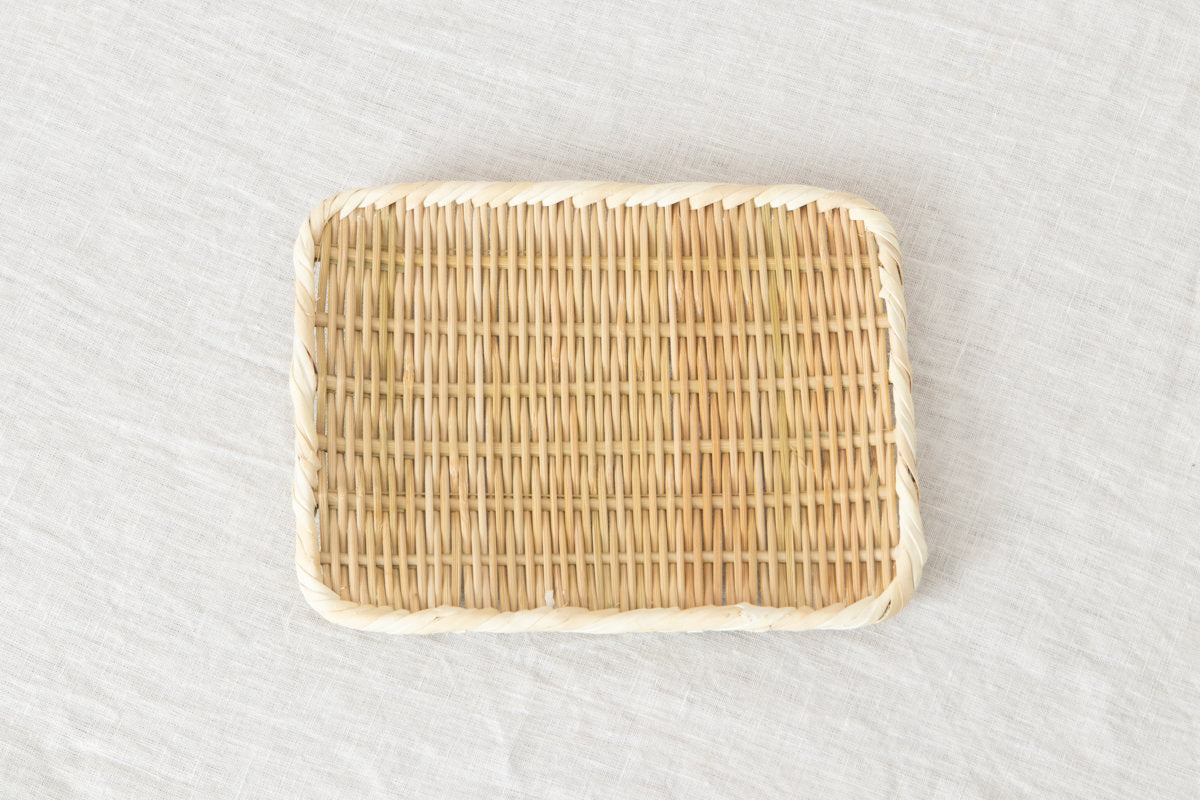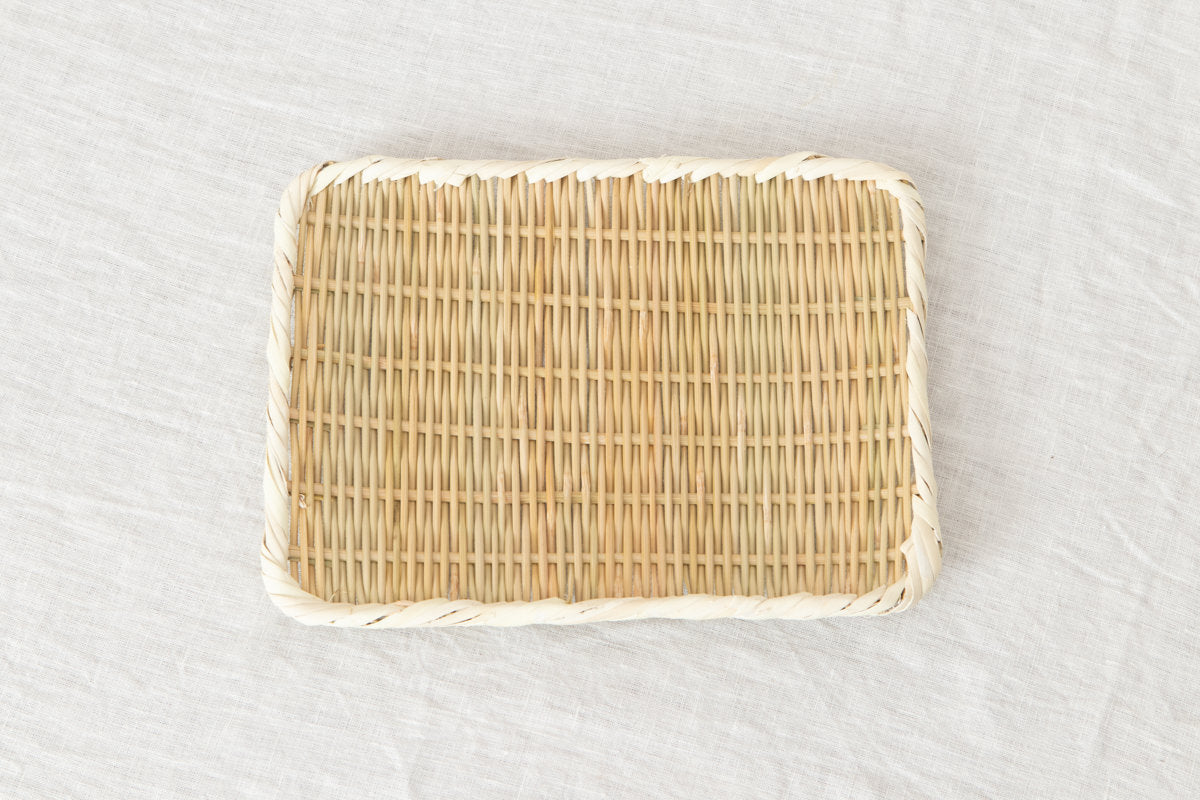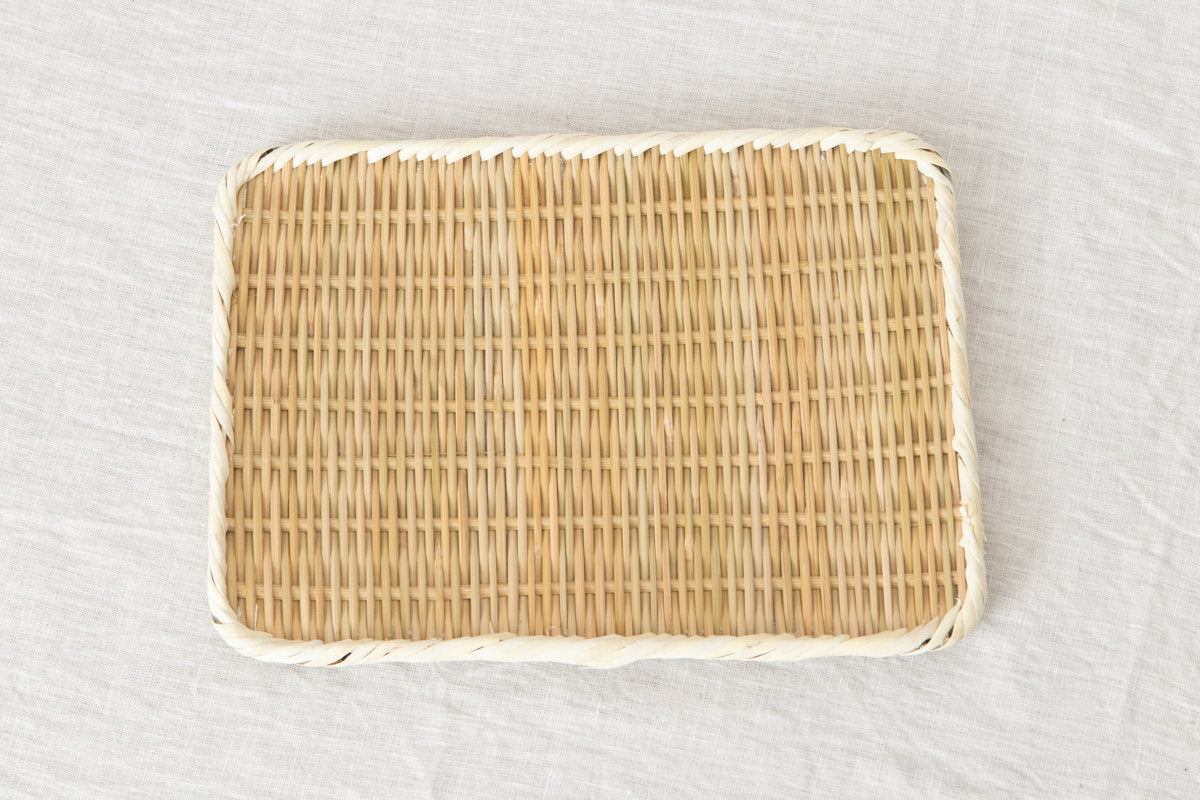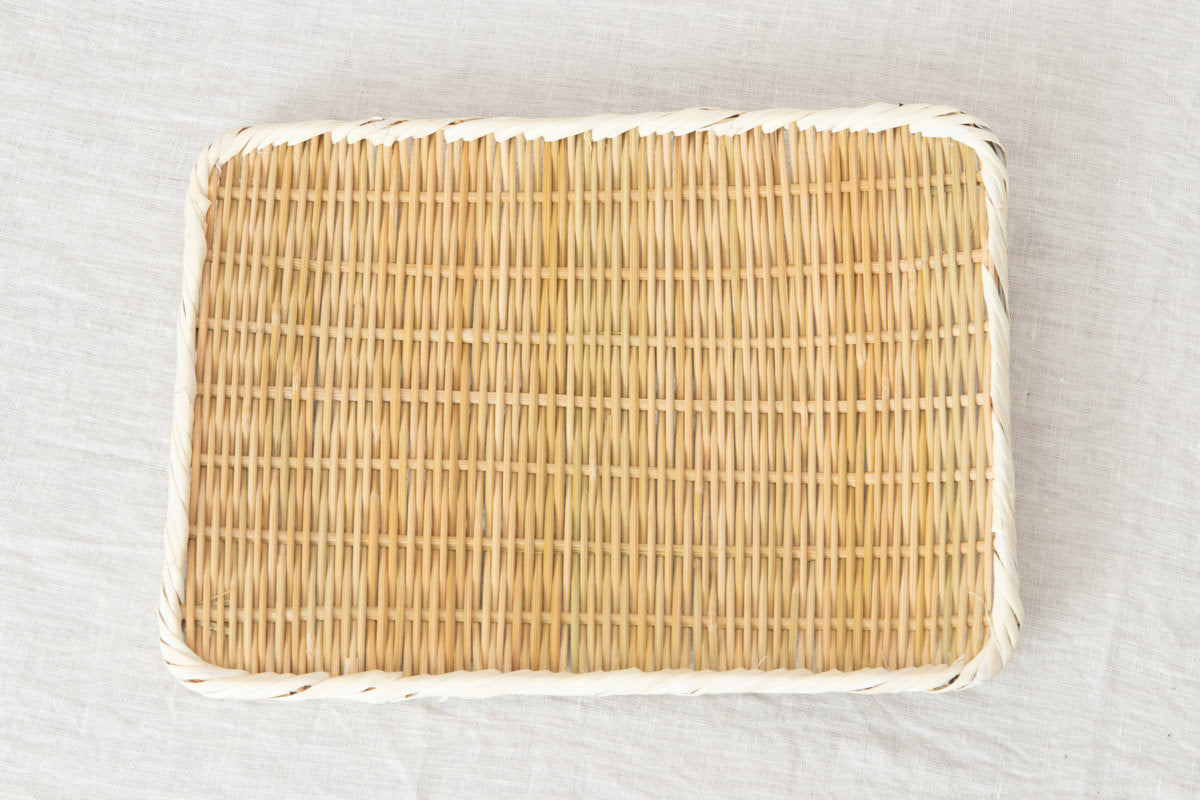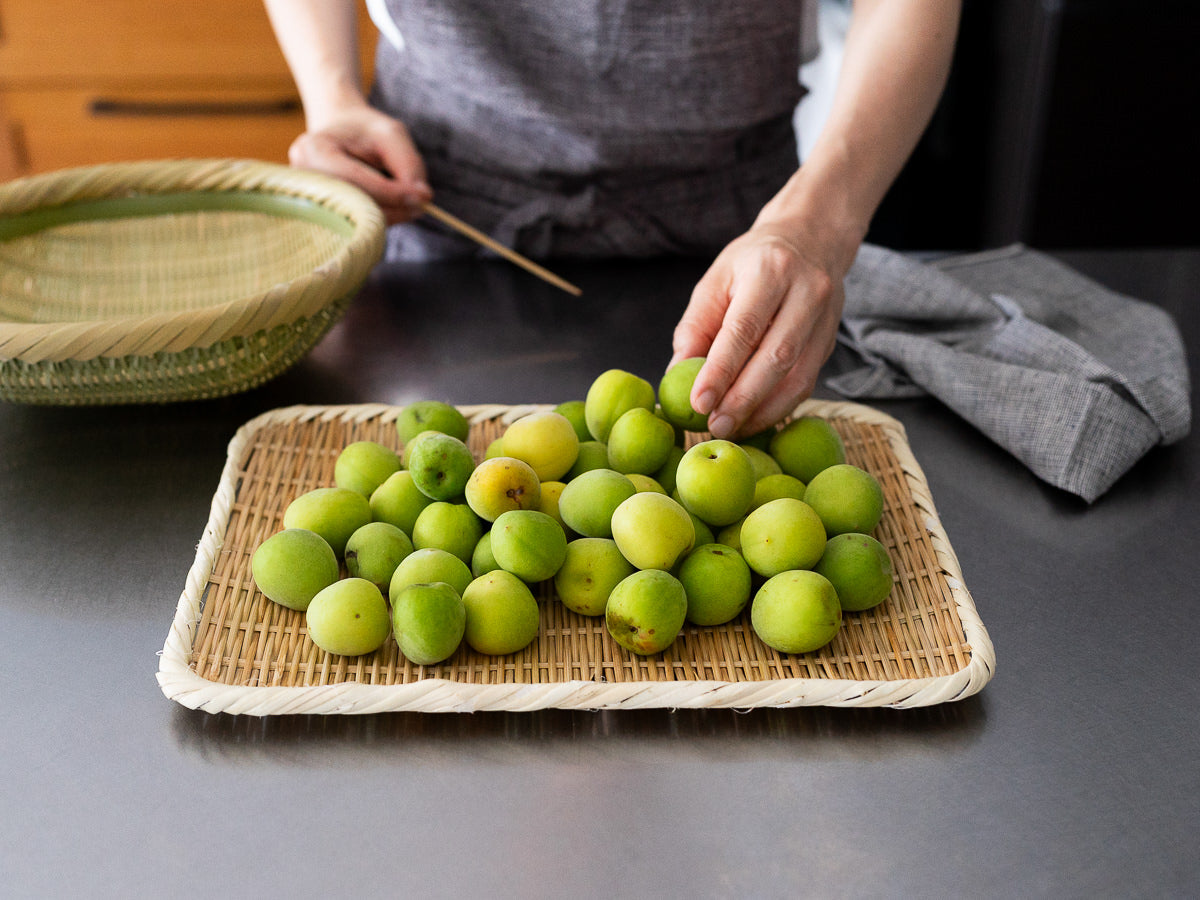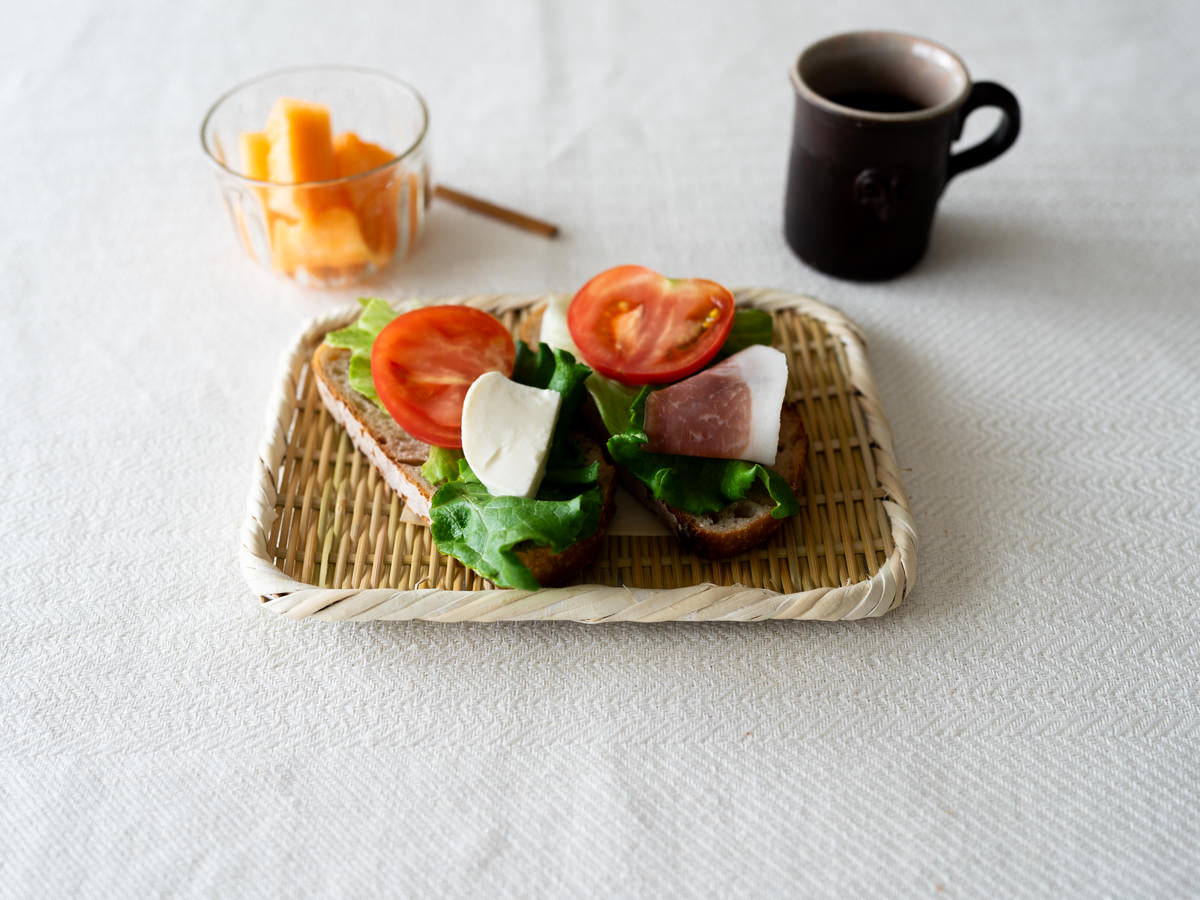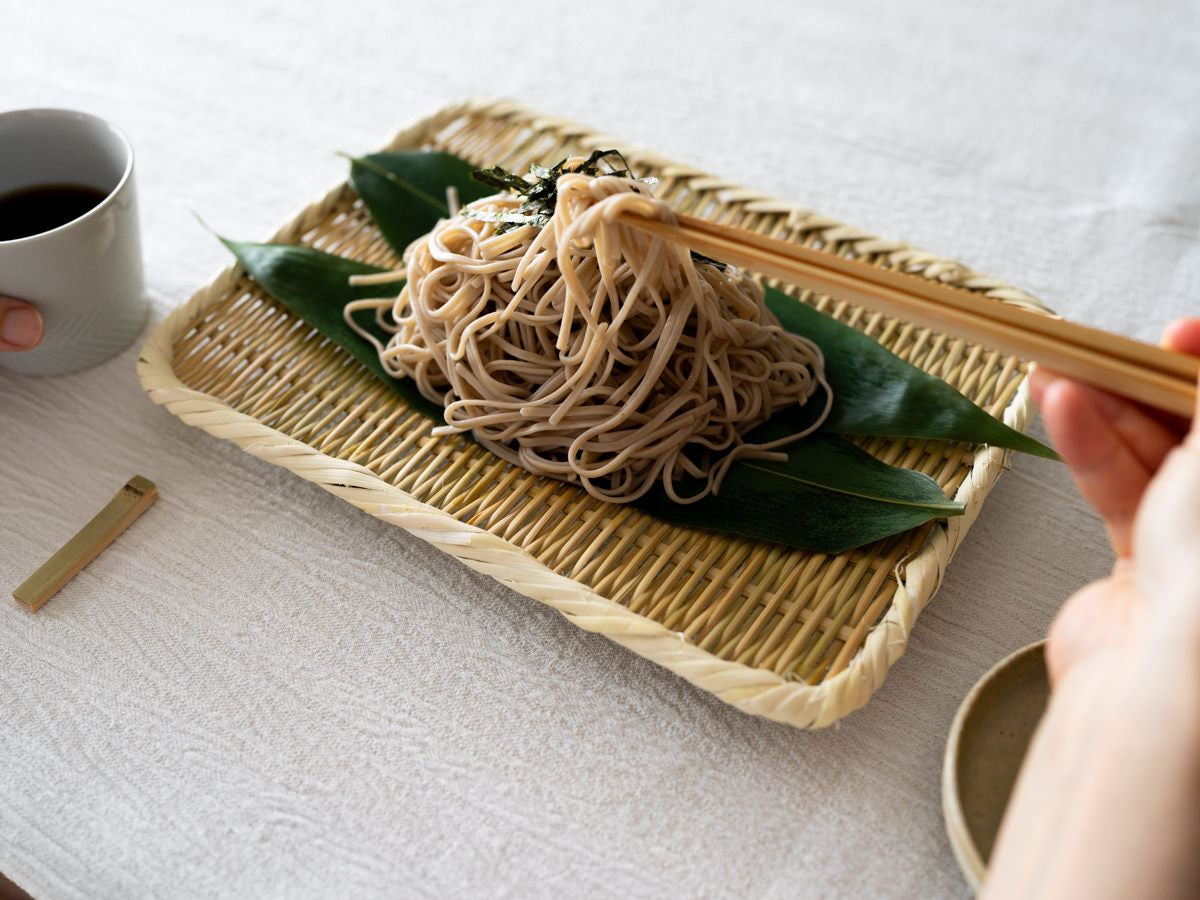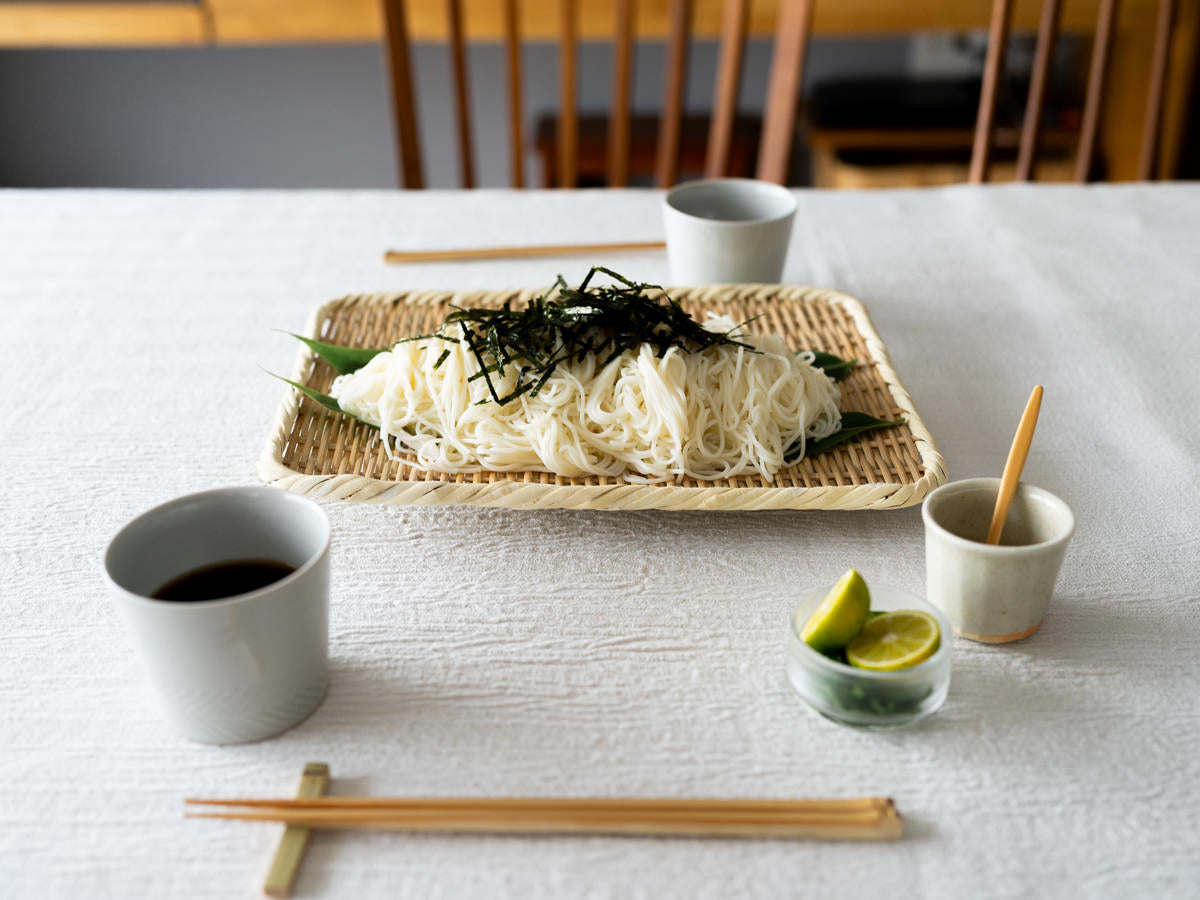Rectangular Plate “Kaku Bon-zaru” Small Sizes / Bamboo / Nīgata-JPN 650102
Rectangular Plate “Kaku Bon-zaru” Small Sizes / Bamboo / Nīgata-JPN 650102
Couldn't load pickup availability
- Size / Weight
- 22 cm (8.66″): W 8.66″ × D 6.50″ × H 0.39″ / 3.17 oz
24.5 cm (9.65″): W 9.65″ × D 7.28″ × H 0.79″ / 3.88 oz
27 cm (10.63″): W 10.63″ × D 8.27″ × H 0.79″ / 4.94 oz
30 cm (11.81″): W 11.81″ × D 8.86″ × H 0.79″ / 6.00 oz
33.5 cm (13.19″): W 13.19″ × D 9.45″ × H 0.79″ / 7.05 oz
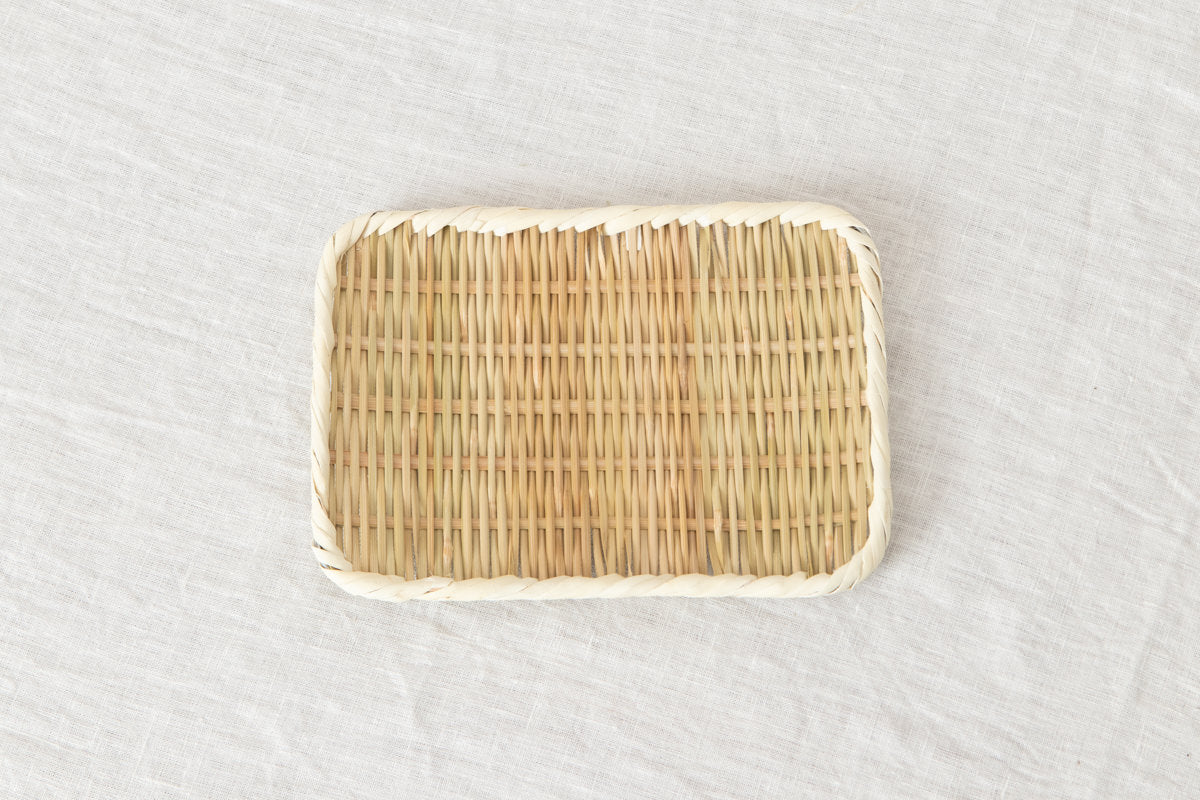


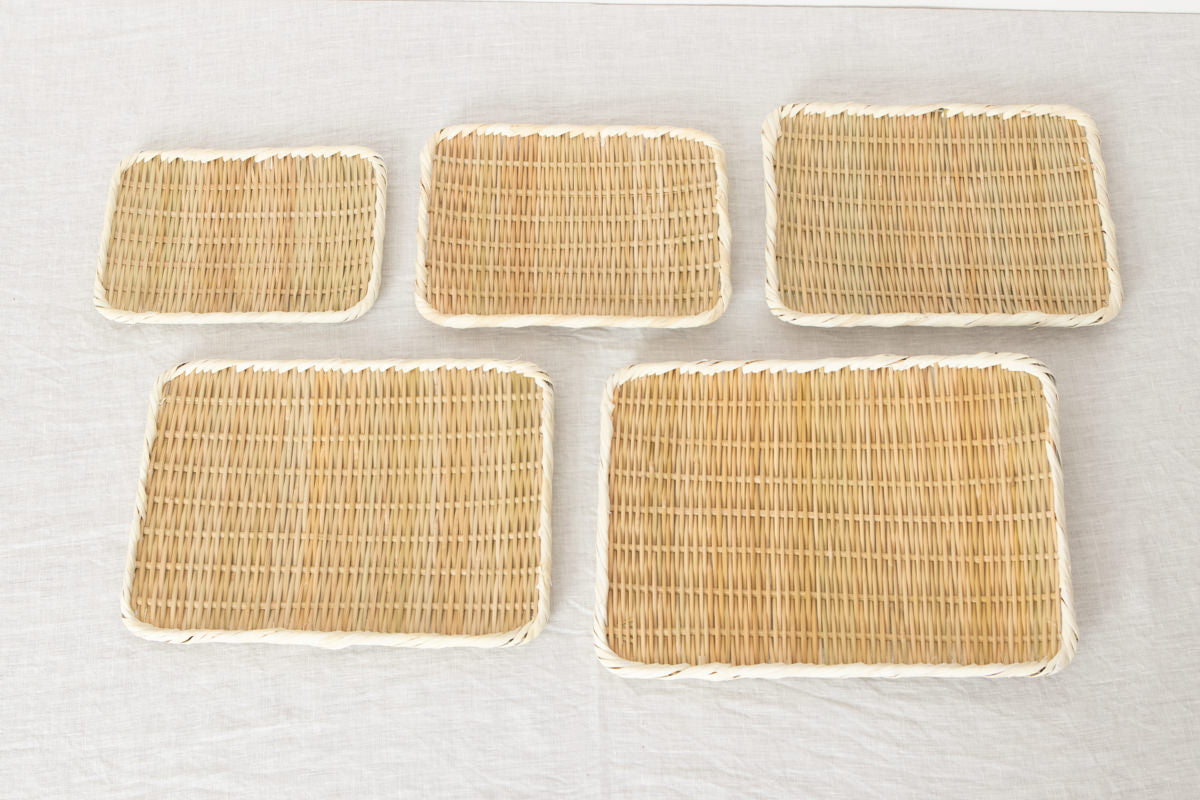
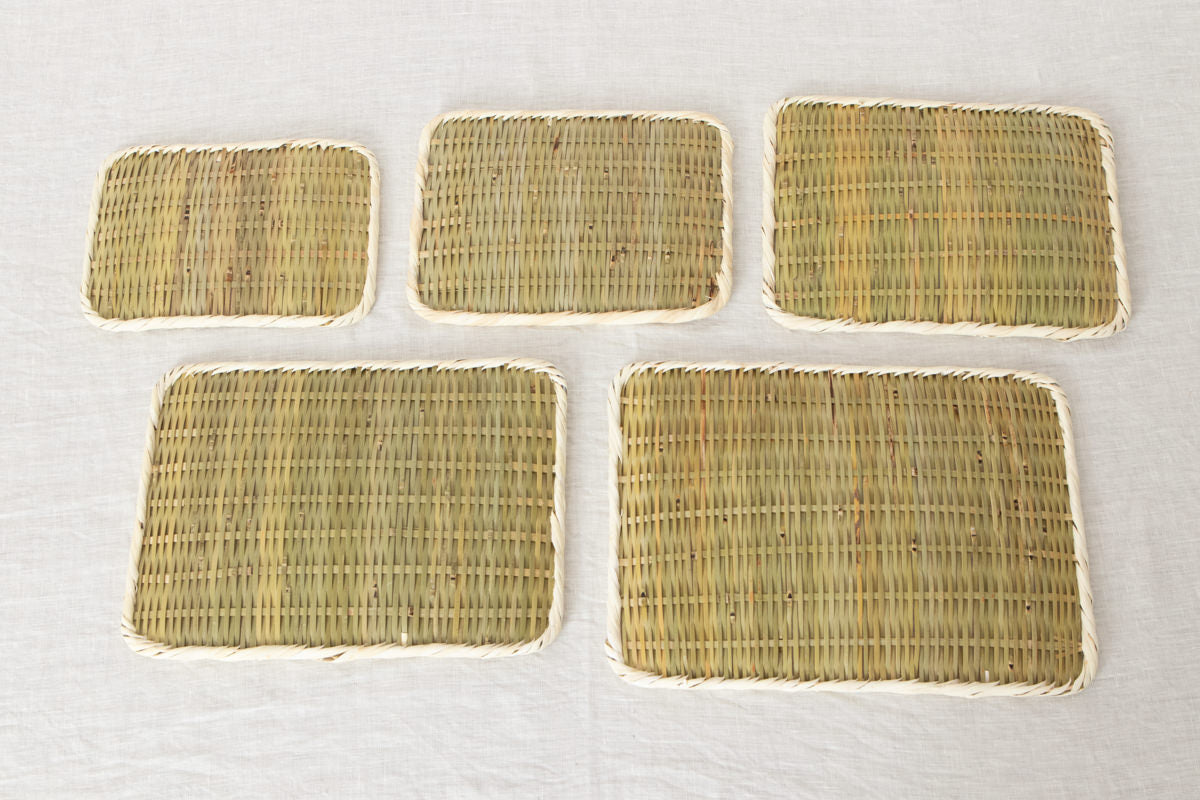
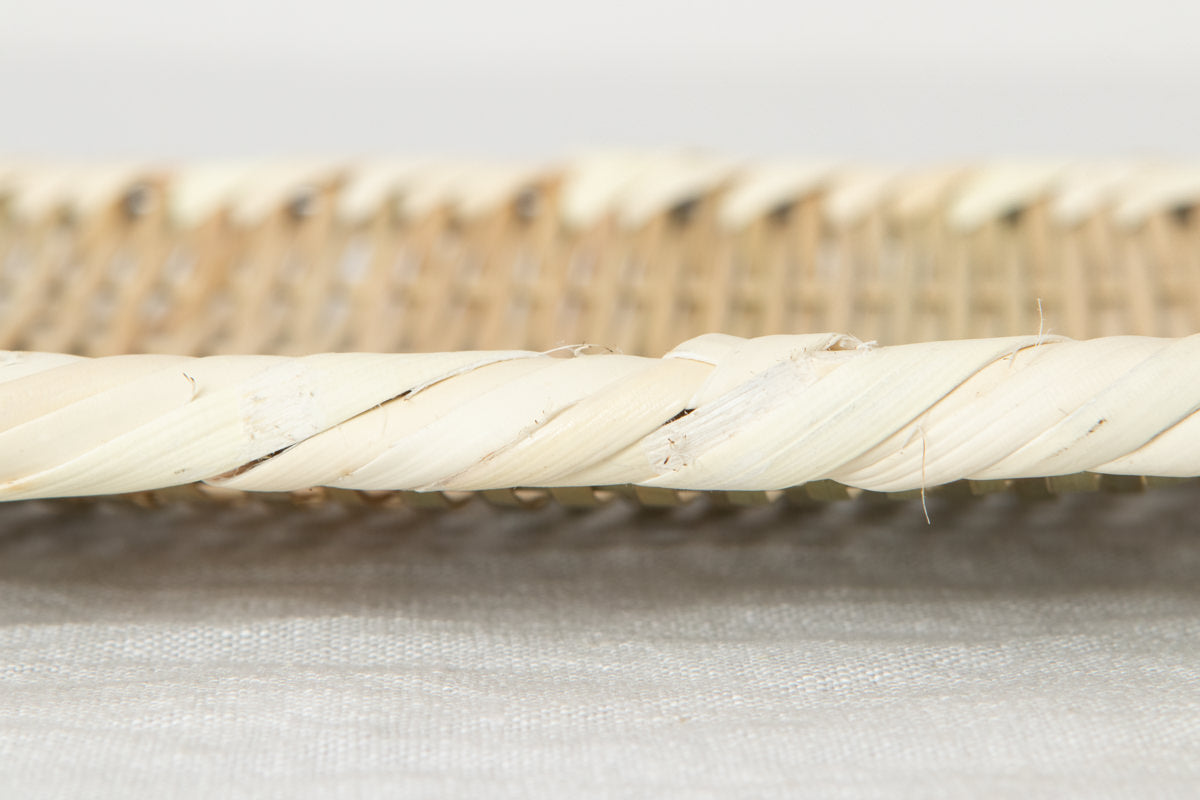
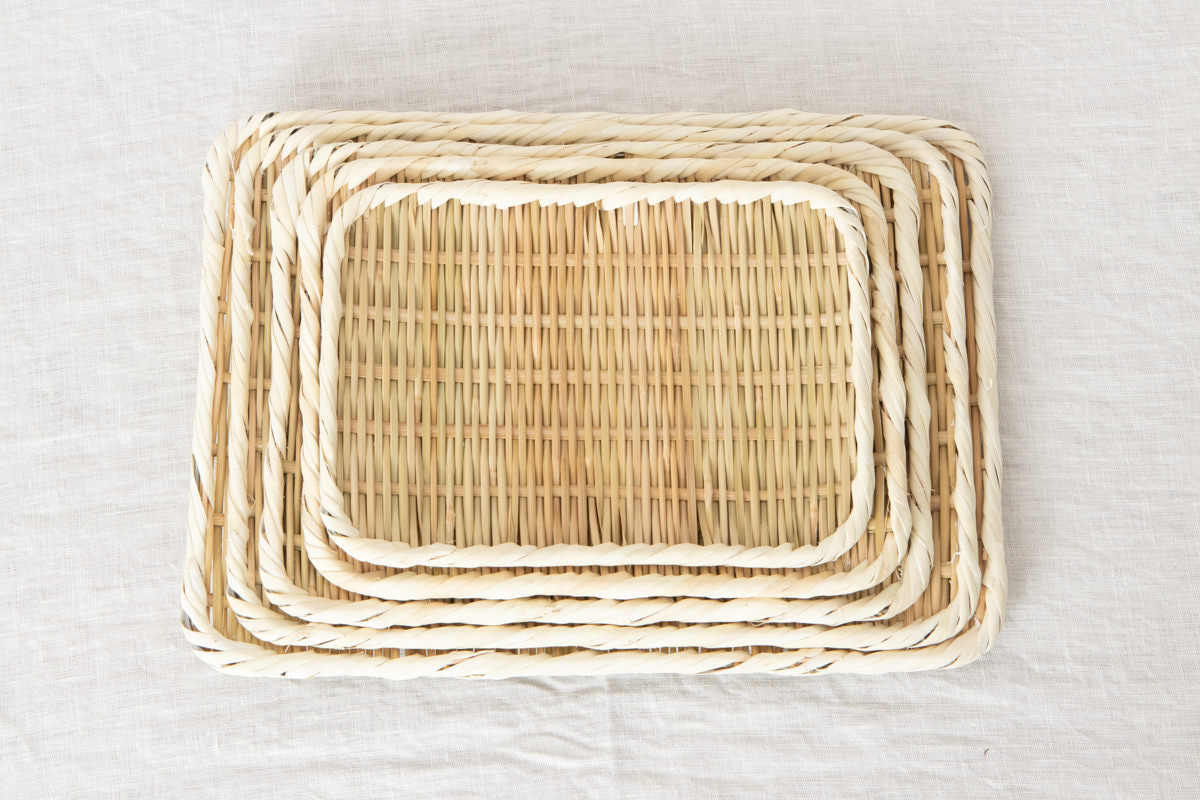
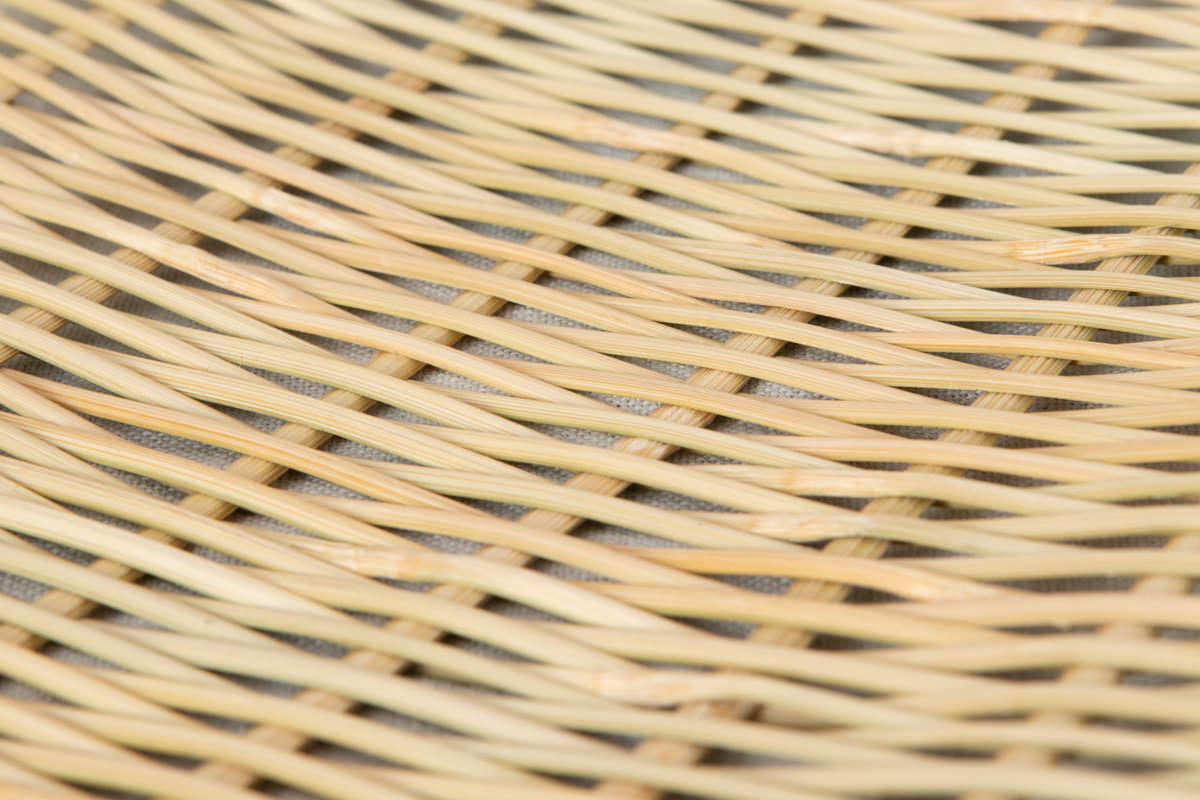
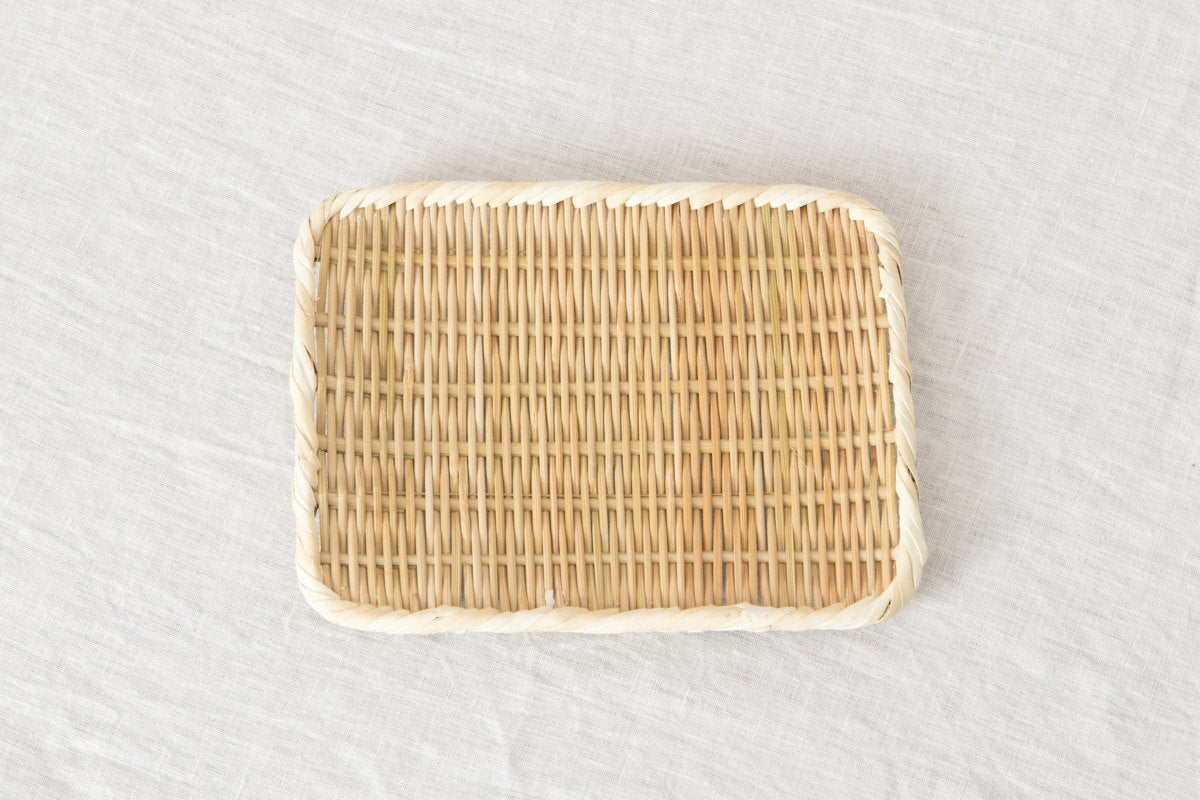
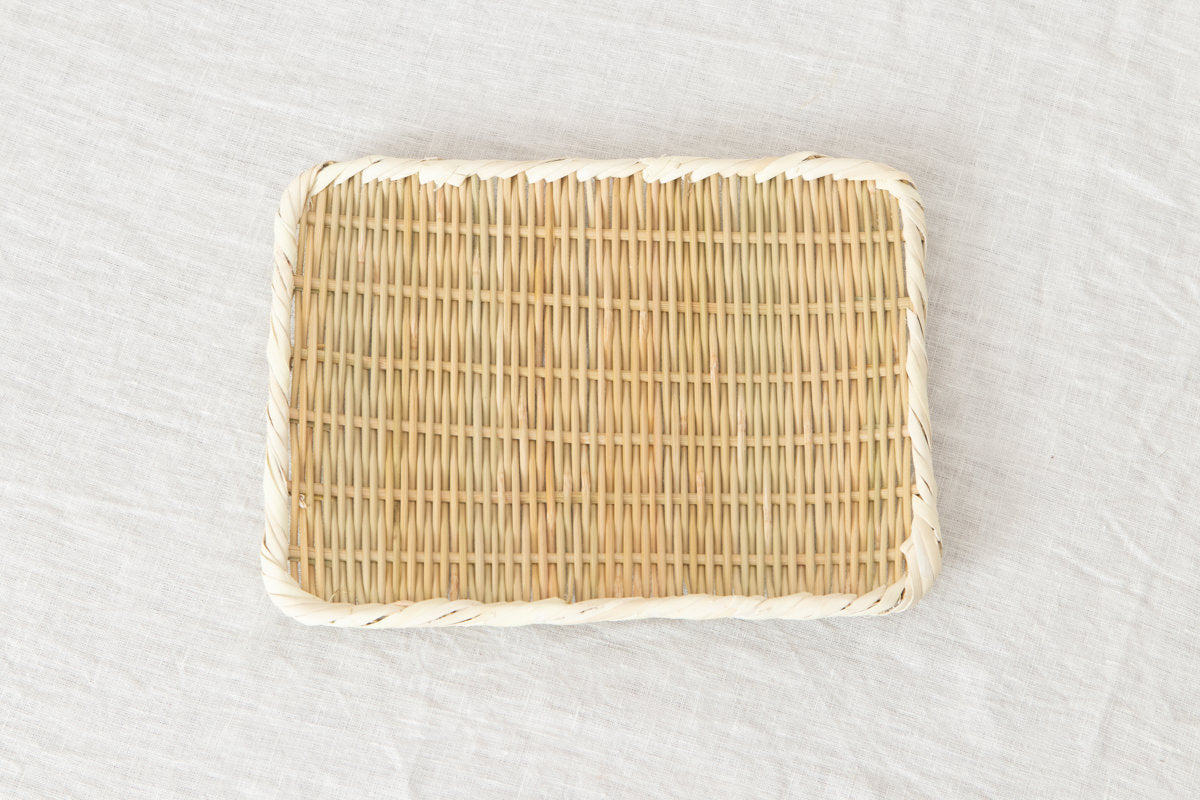
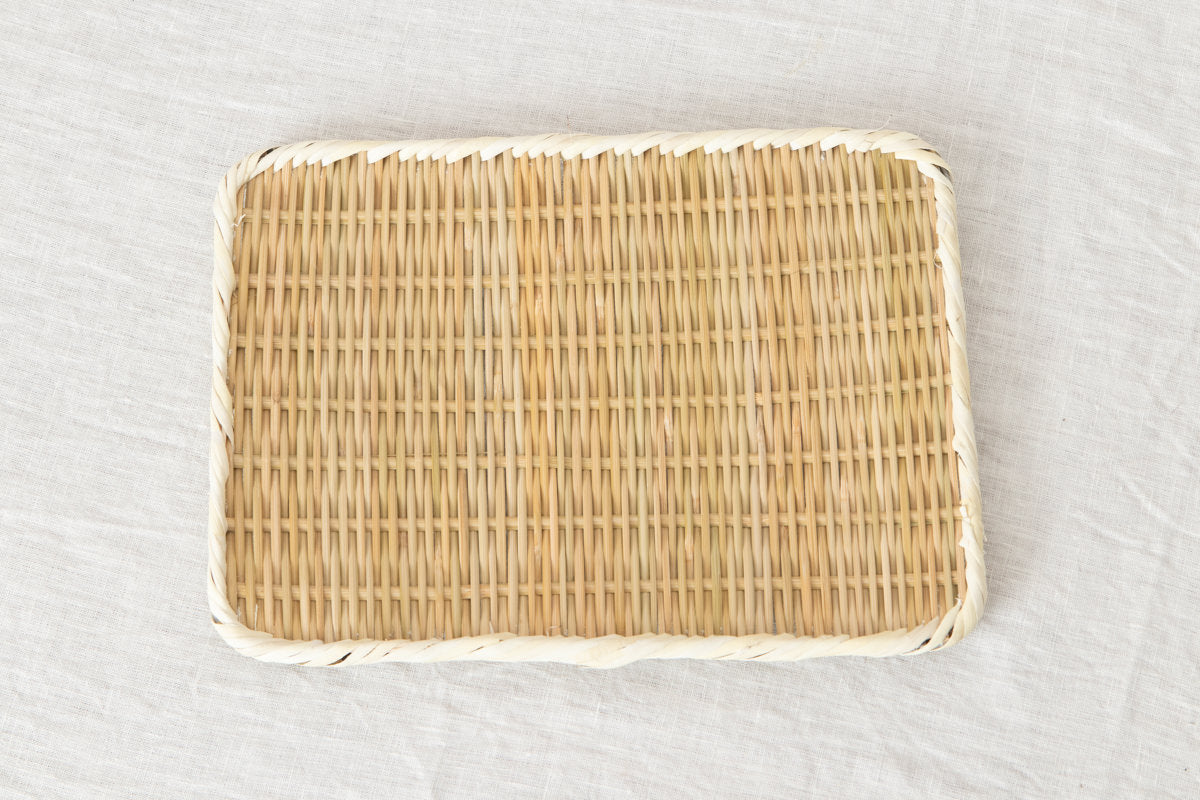
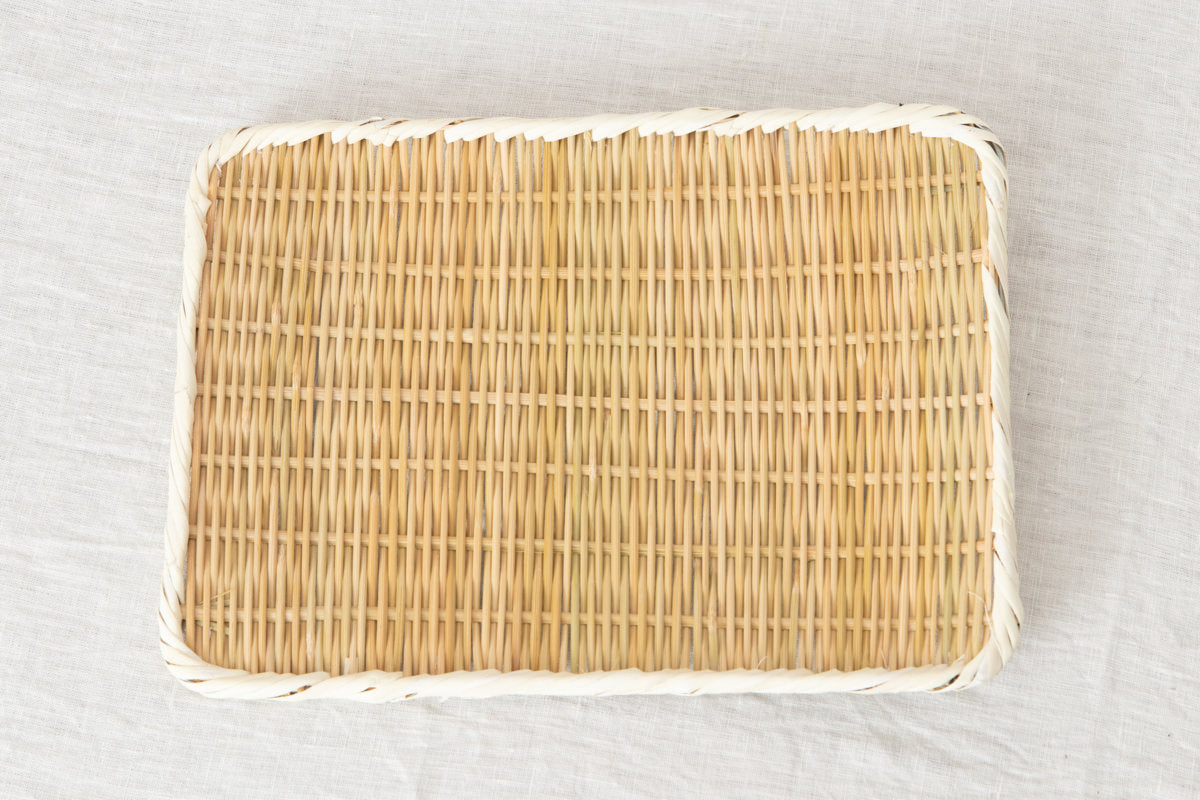




うどん、そばを入れる、干し柿の乾燥、2㎝に輪切りにした大根干し(1日干した大根をバター炒めします。)
椎茸等きのこ干しです。
-
Note
The sizes shown above are the middle of the total quantity of items we receive, and are only a rough estimate.
Also, external dimensions are provided.
Some of them may be 2-3 cm (1inch) larger or smaller than the sizes indicated because they are handmade using natural materials.
If you have a specific place in mind where you would like to store the item, please order it with enough space to spare.
Also, the shape, texture, and color of each item will vary.
Please be aware of this before ordering. -
Caution
Please be careful not to damage your body or clothing with sprinters.
For all materials, please store in a well-ventilated place and avoid storing in cupboards, etc. as much as possible.
When storing, it is best to avoid direct sunlight and to place them in an elevated place where moisture does not accumulate.
If the product gets wet from rain or water, wipe it off with a dry cloth and dry it well in the shade or indoors in a well-ventilated location.
Regular brushing with a scrubber or brush is recommended to prevent dust accumulation.
-
Shipping
We deliver products worldwide. Shipping costs are automatically calculated according to your location and what you order.
We will ship with care and attention.You can see shipping policy here
-
How to care
These products are made from all-natural materials and if taken good care of they will last for dozens of years. Products made of natural materials also change beautifully over time.
Check "How to care" page here
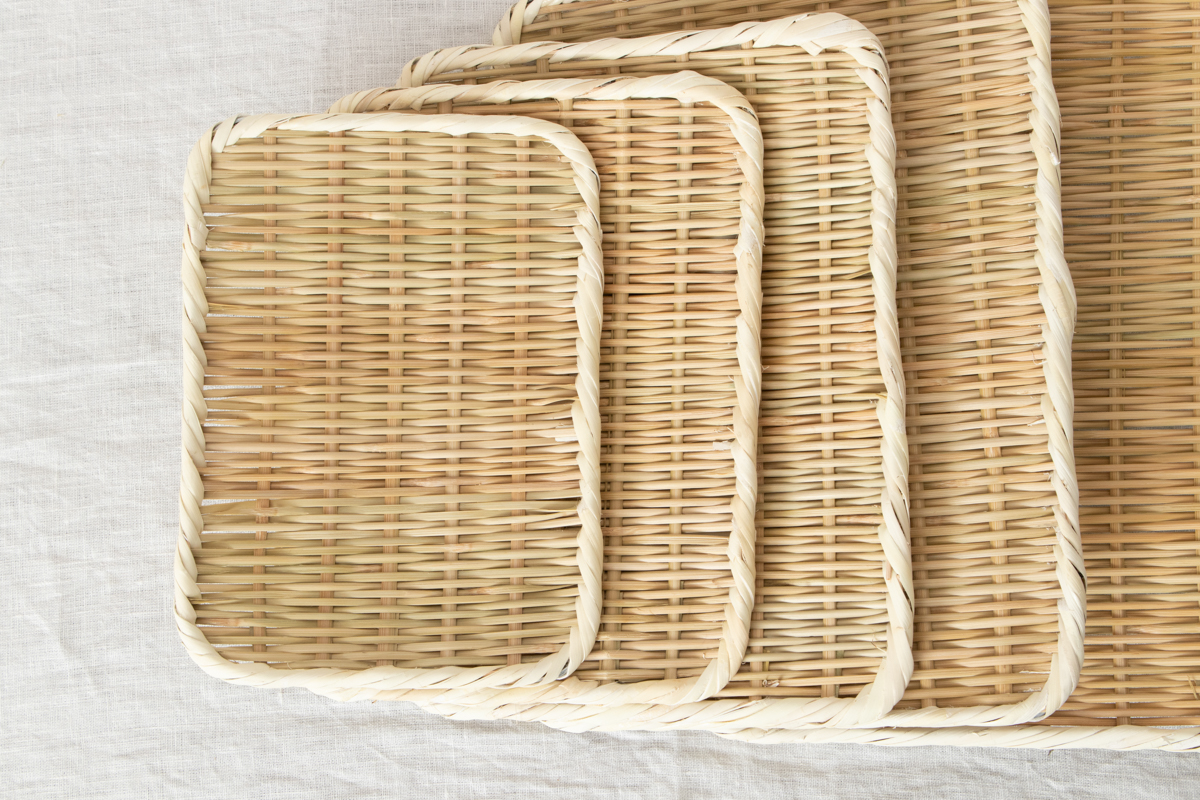
These are rectangle and flat plates(colanders) called “Kaku-Bon” in Sado Island’s bamboo work.
It is used like a plate on which noodles, bread, or rice balls are placed during meals.
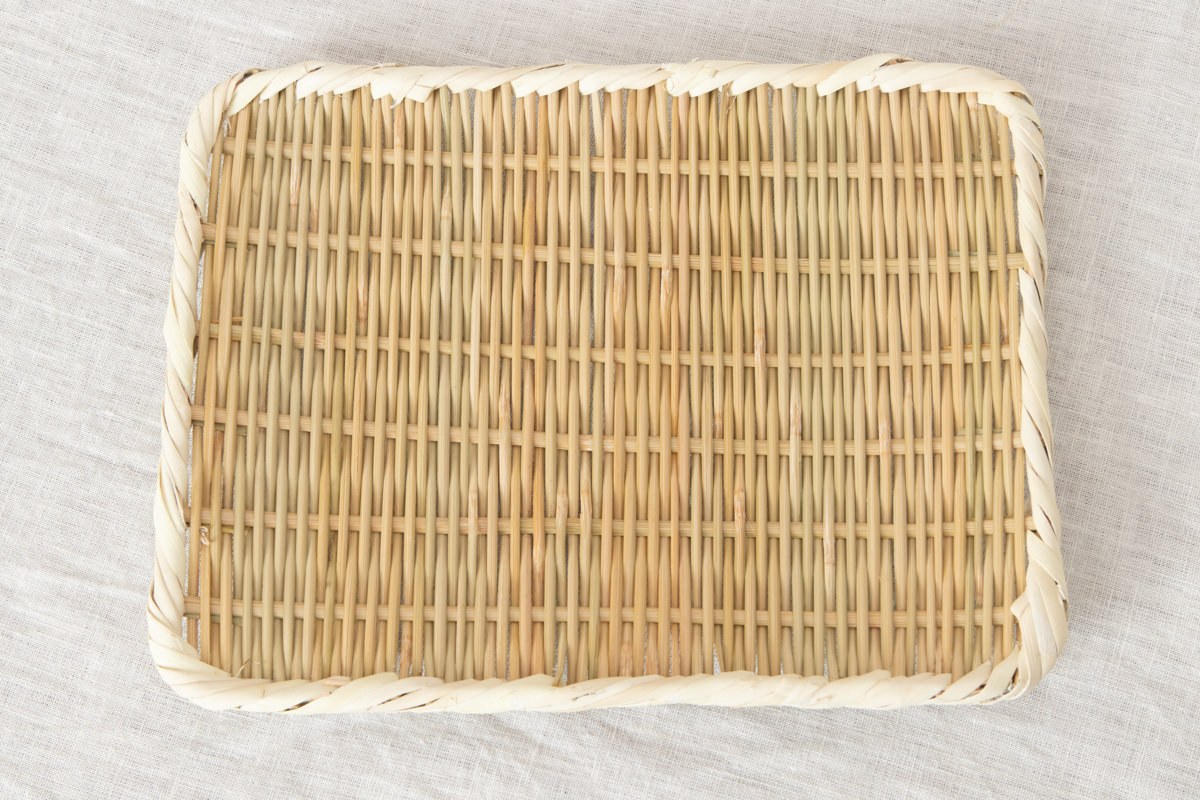



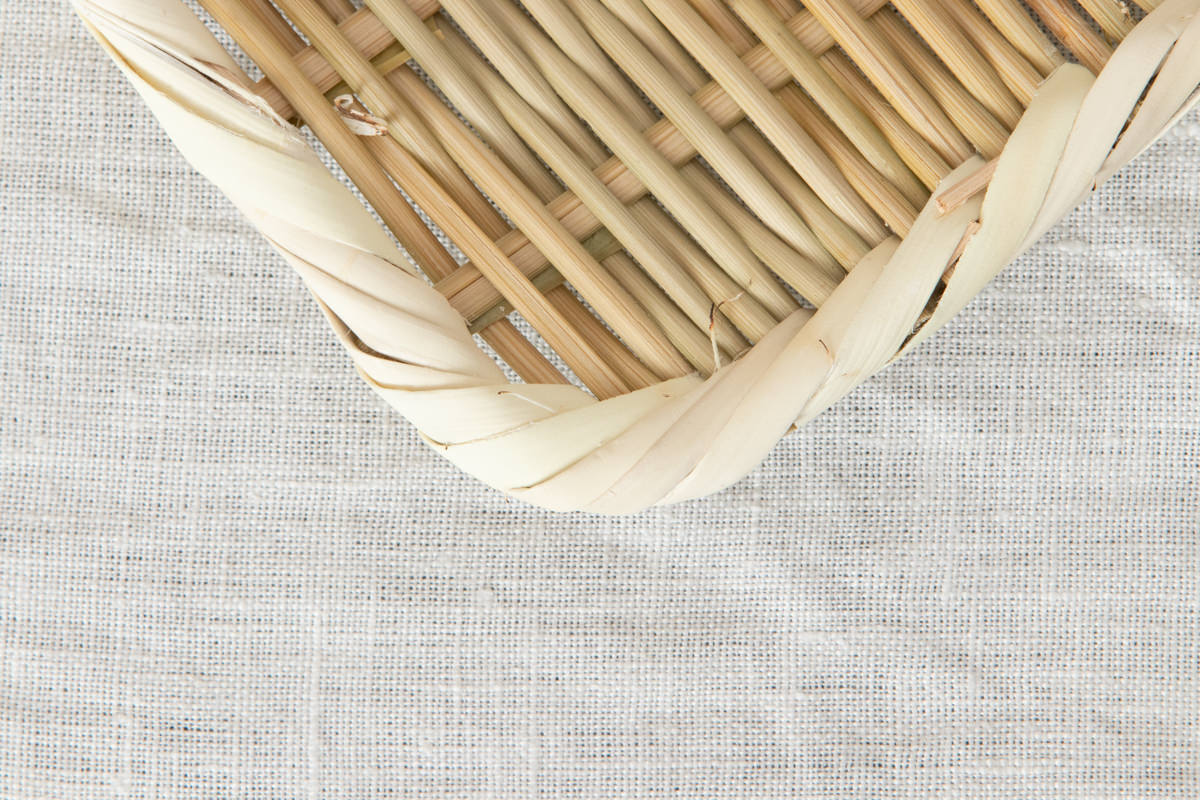
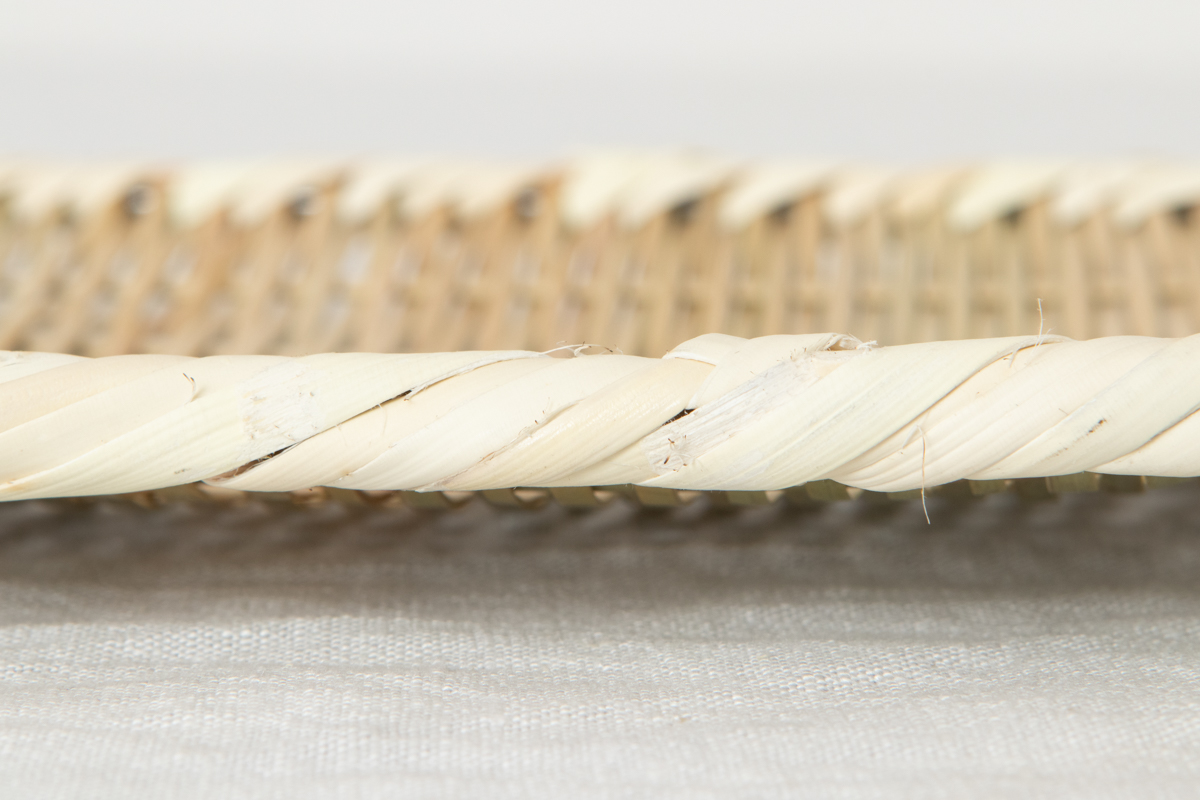
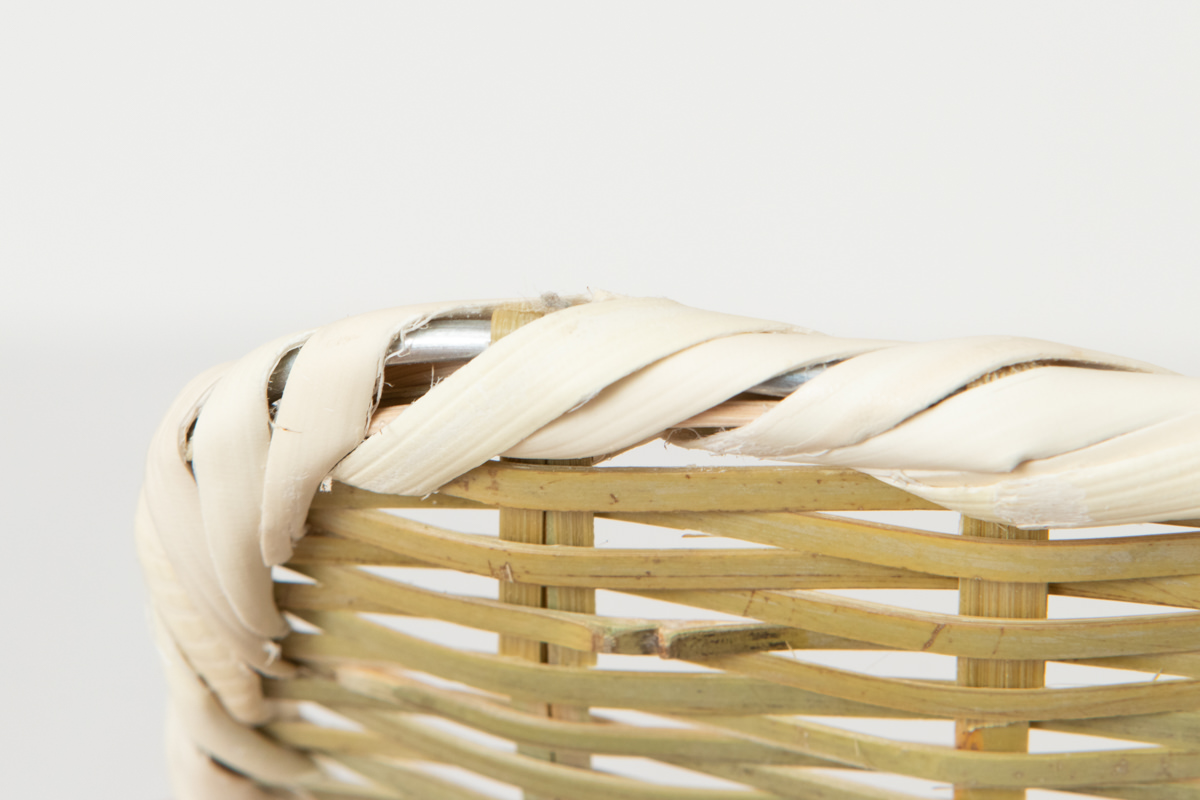
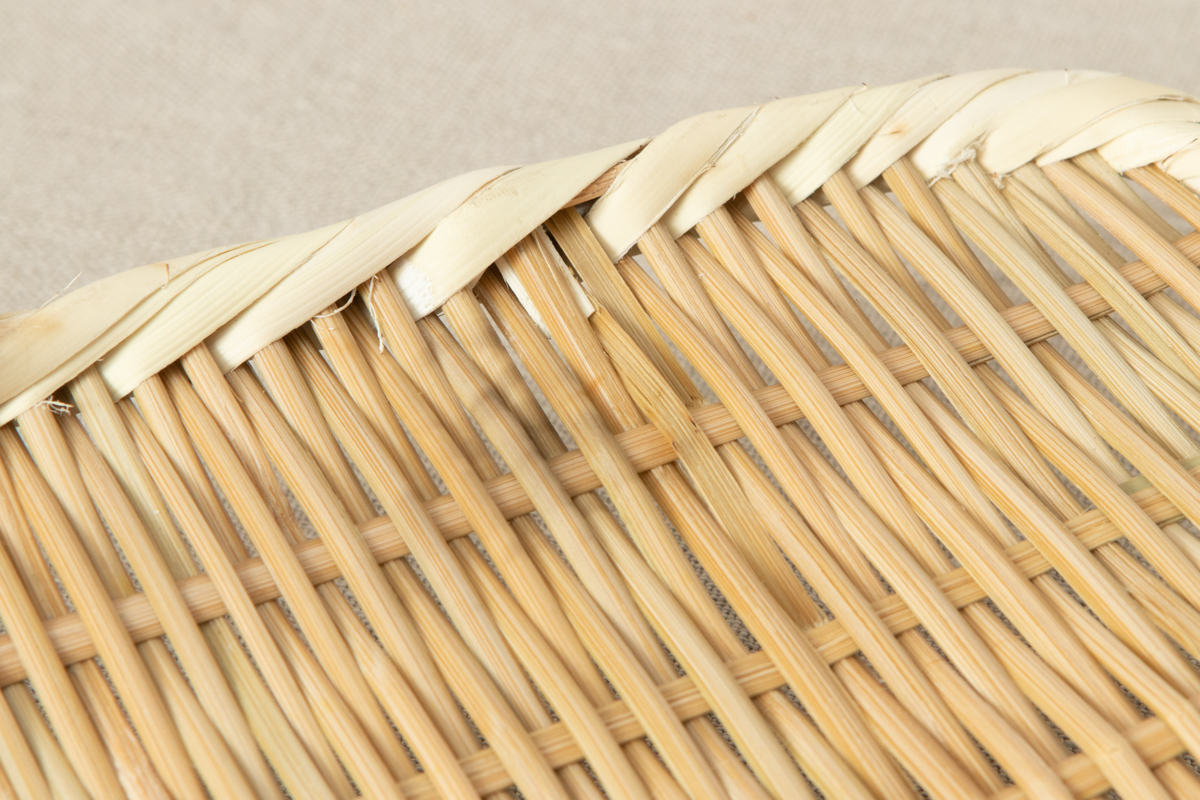


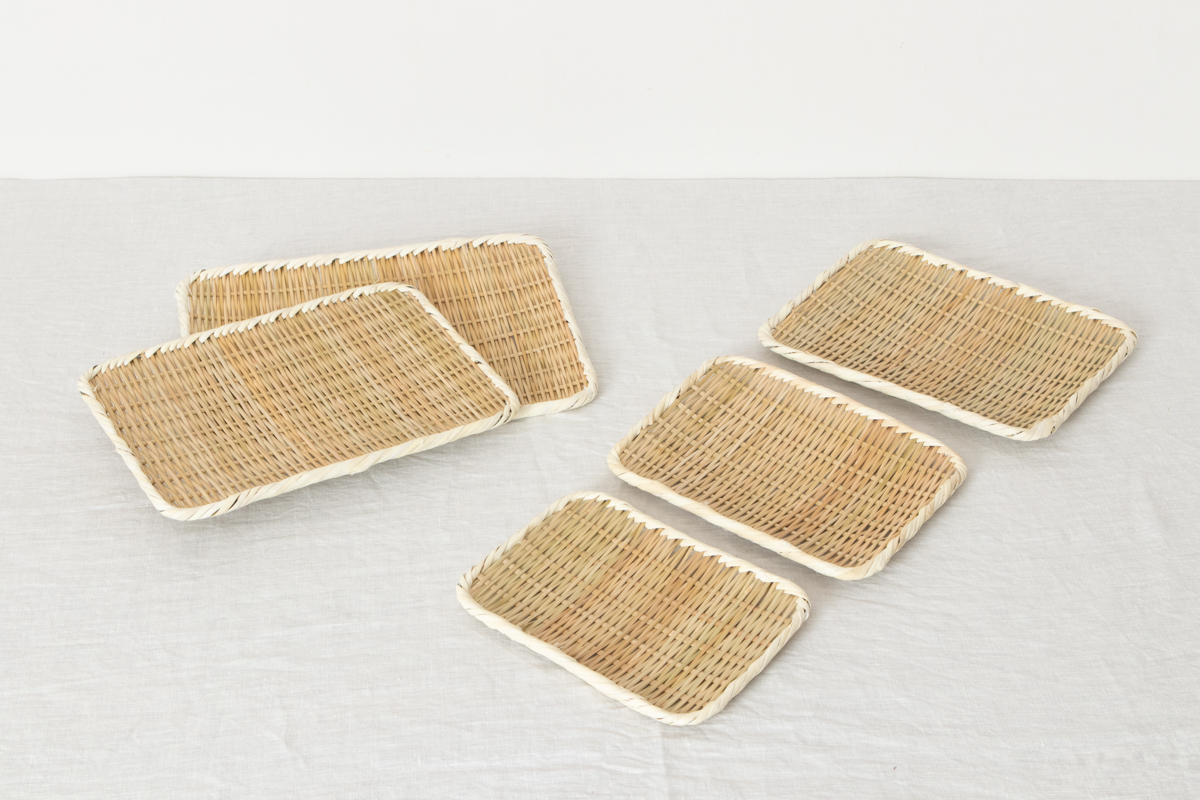
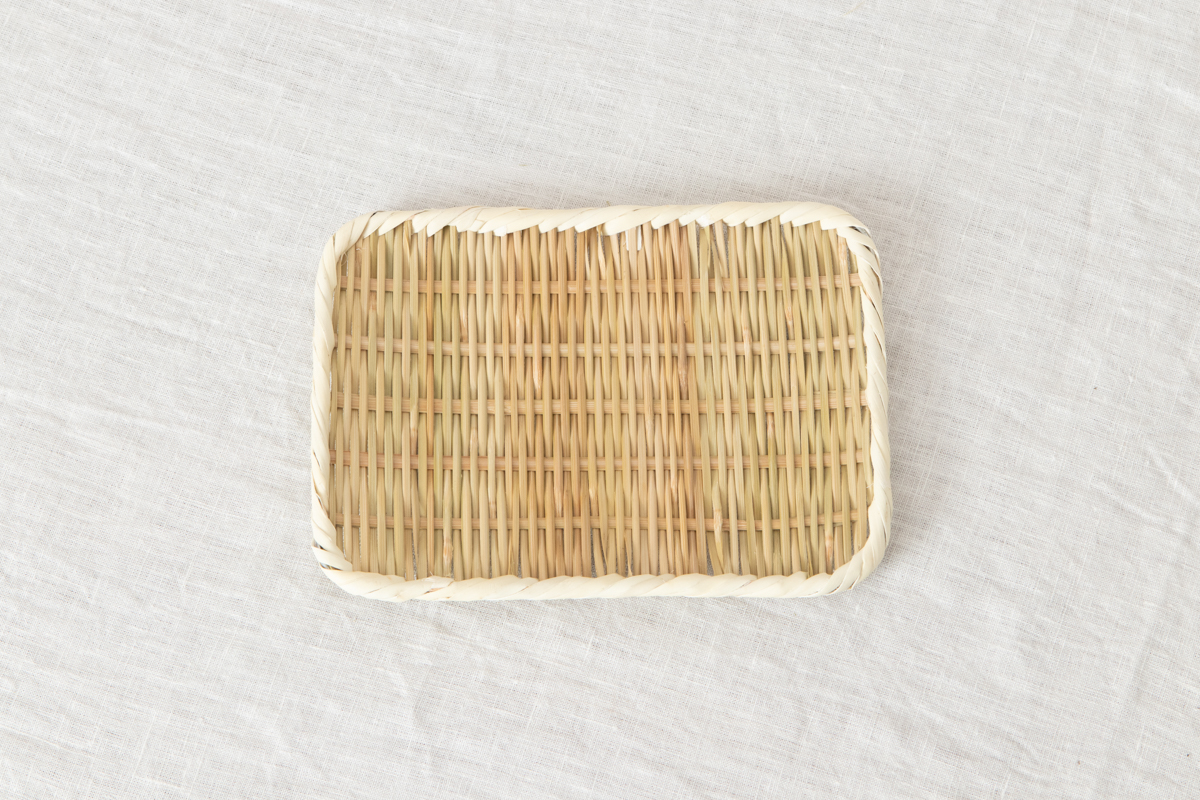
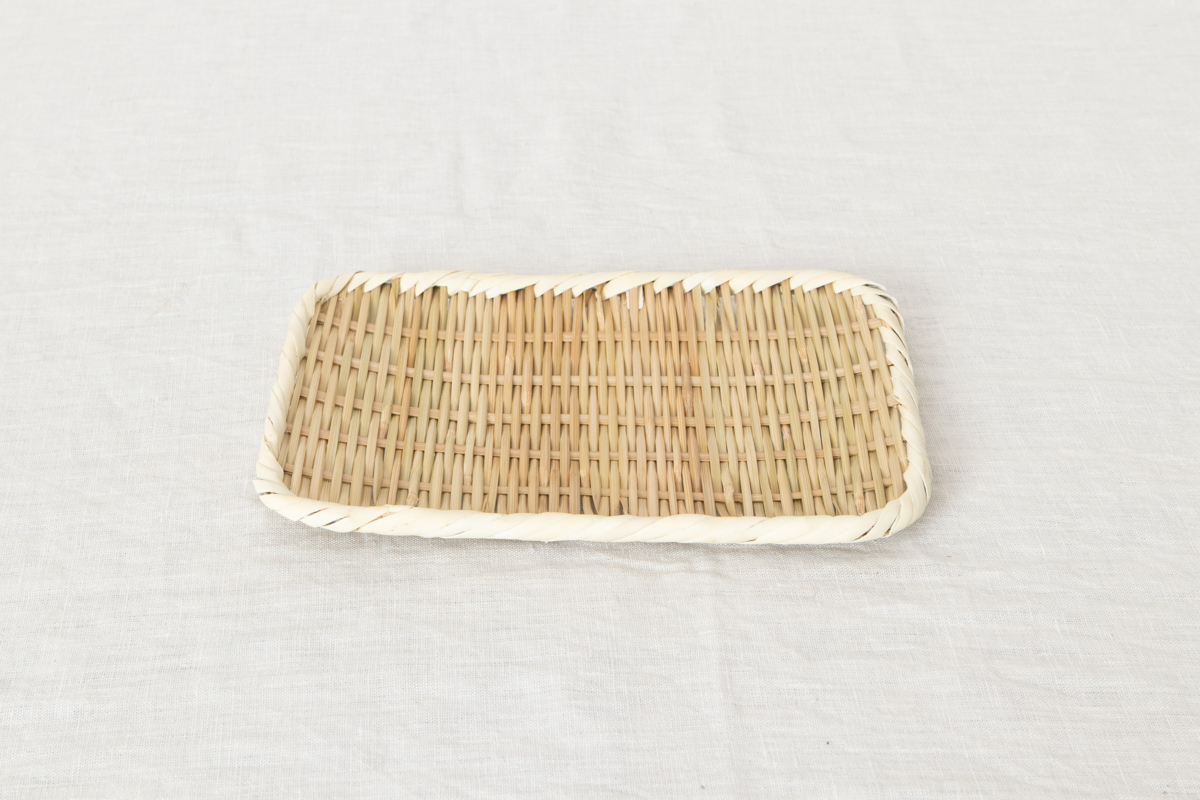
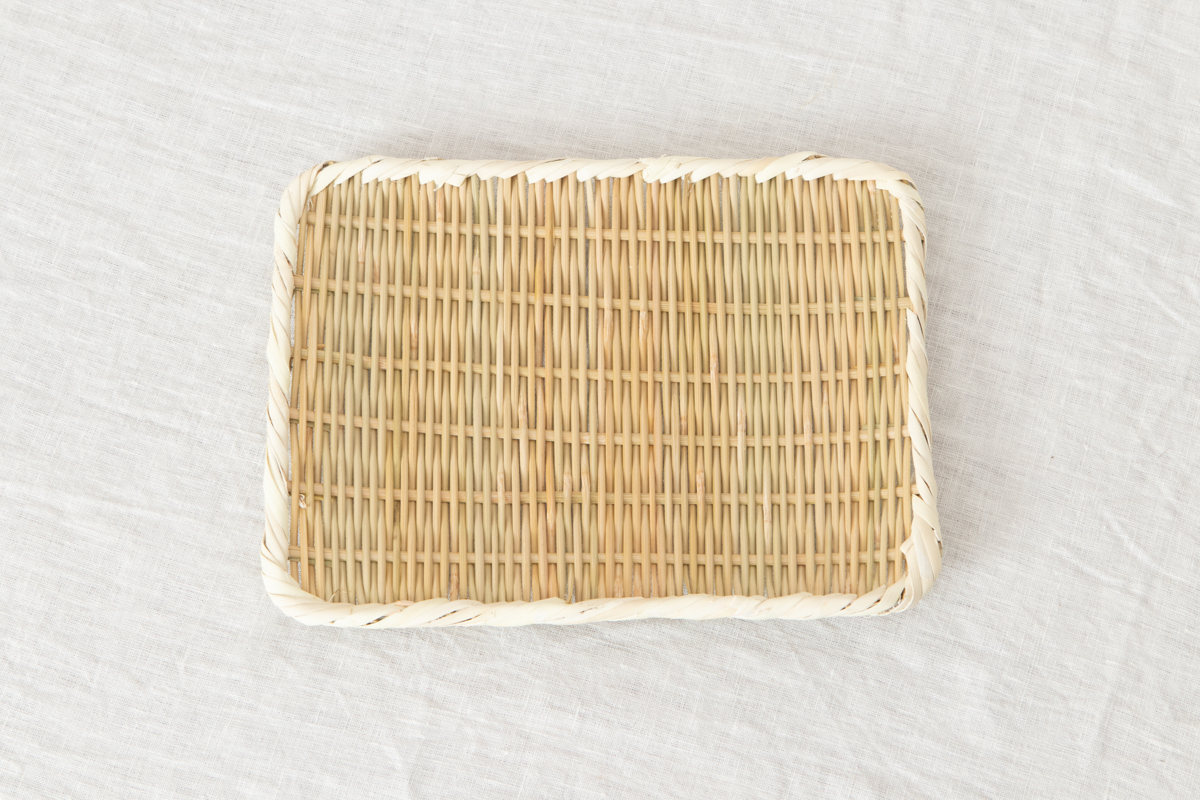
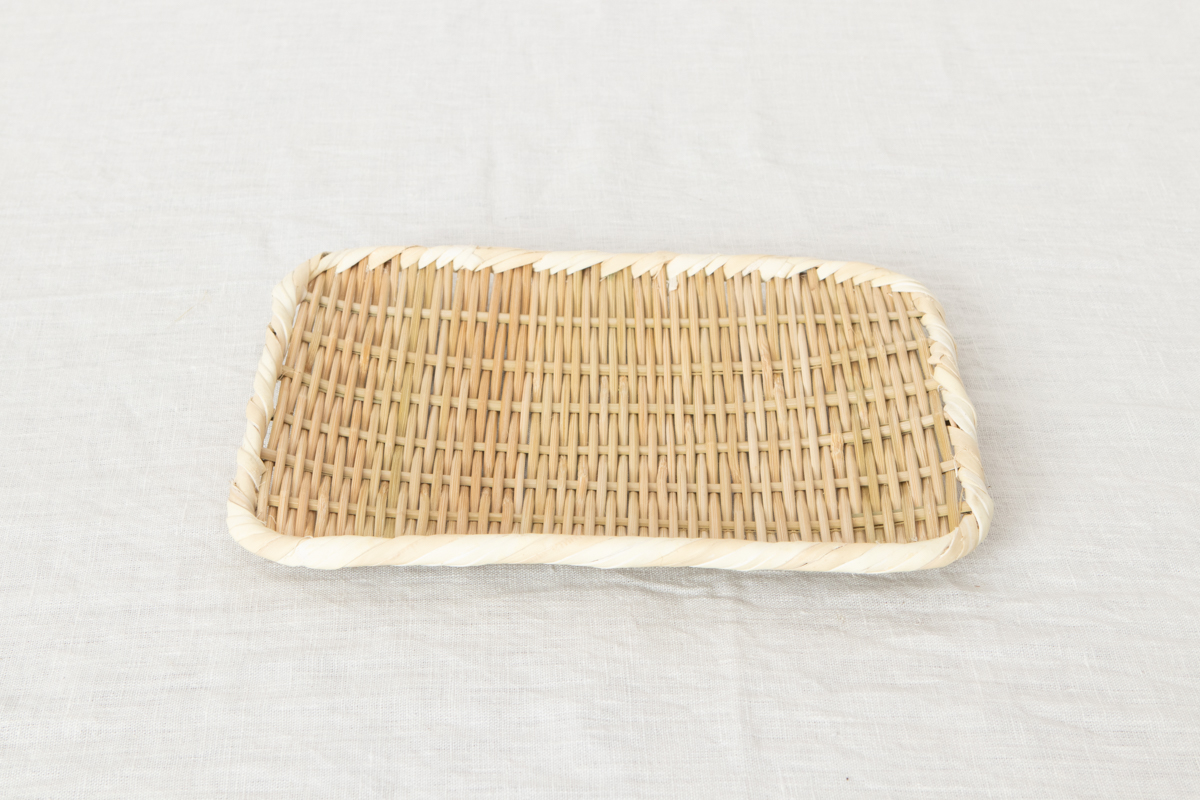
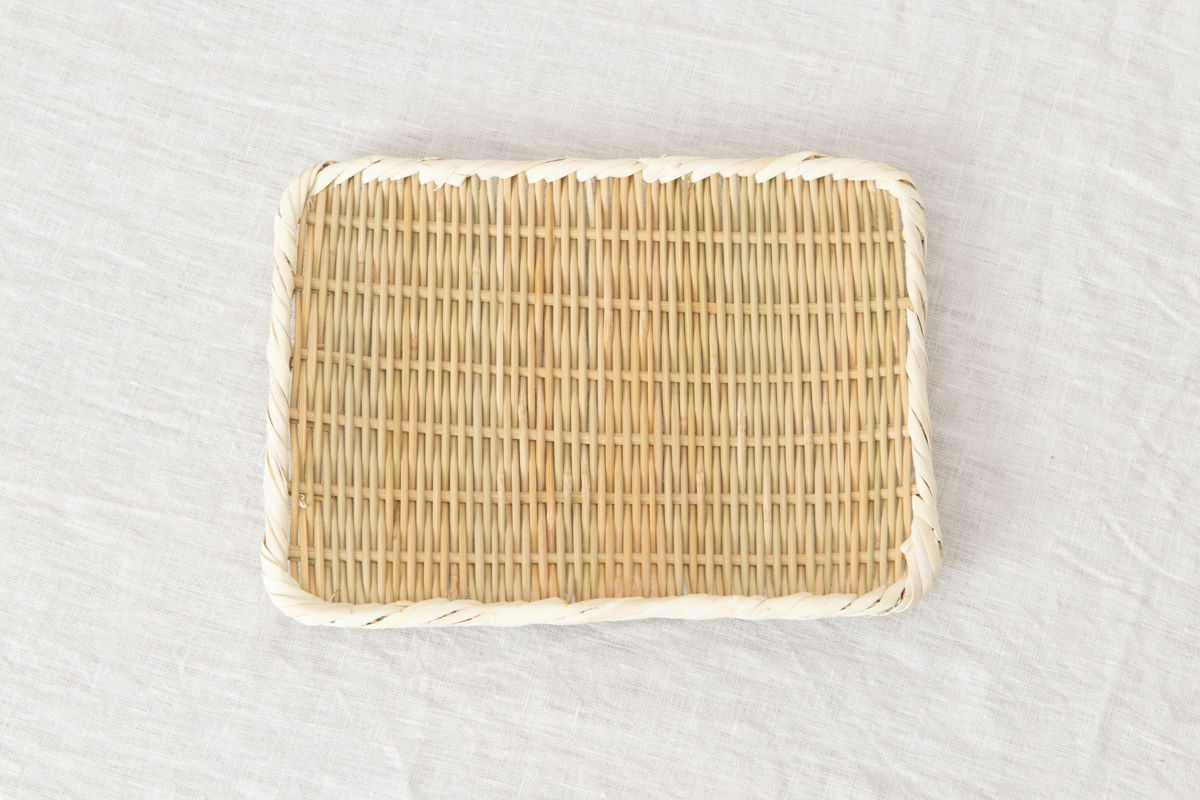
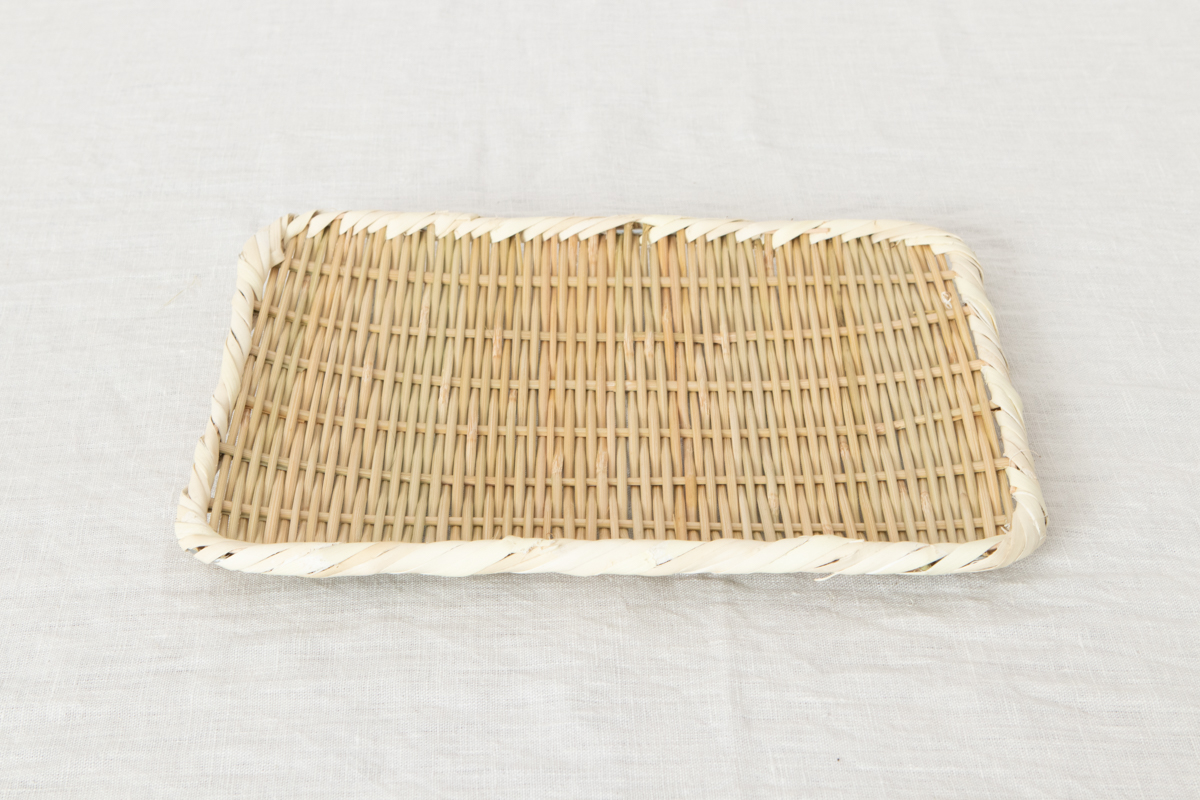
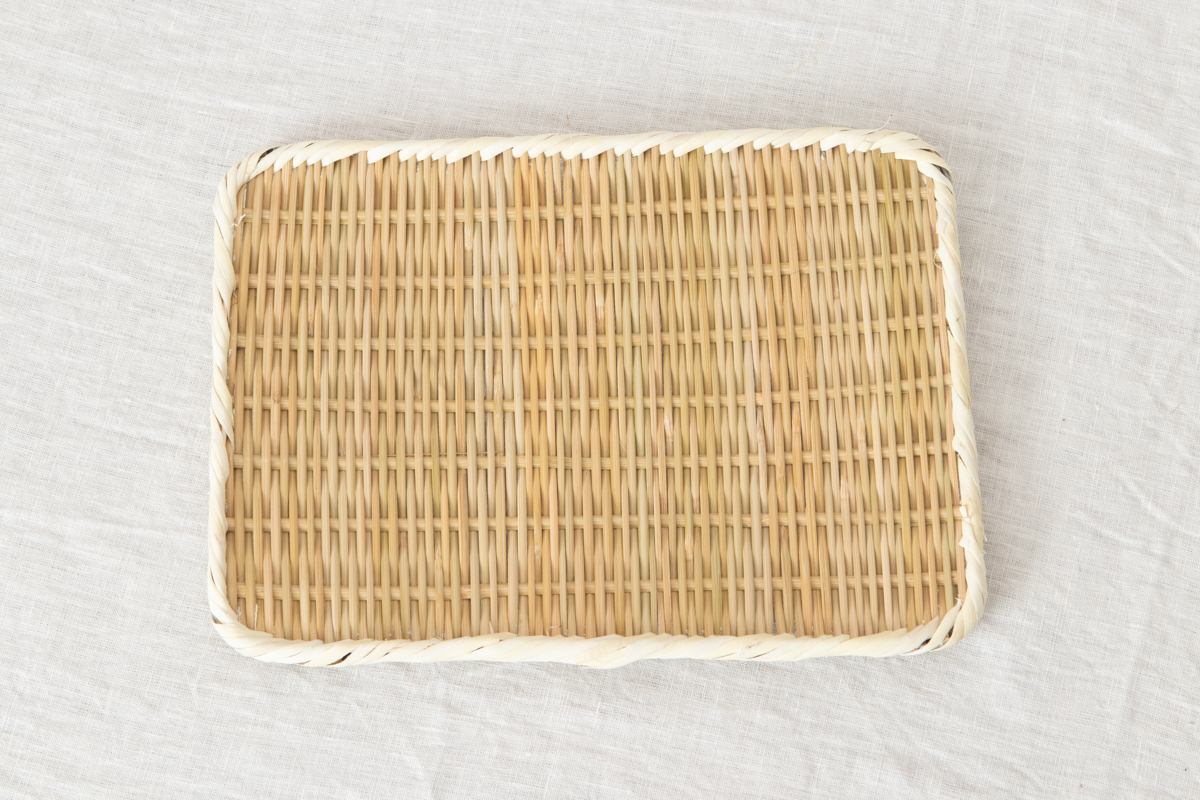

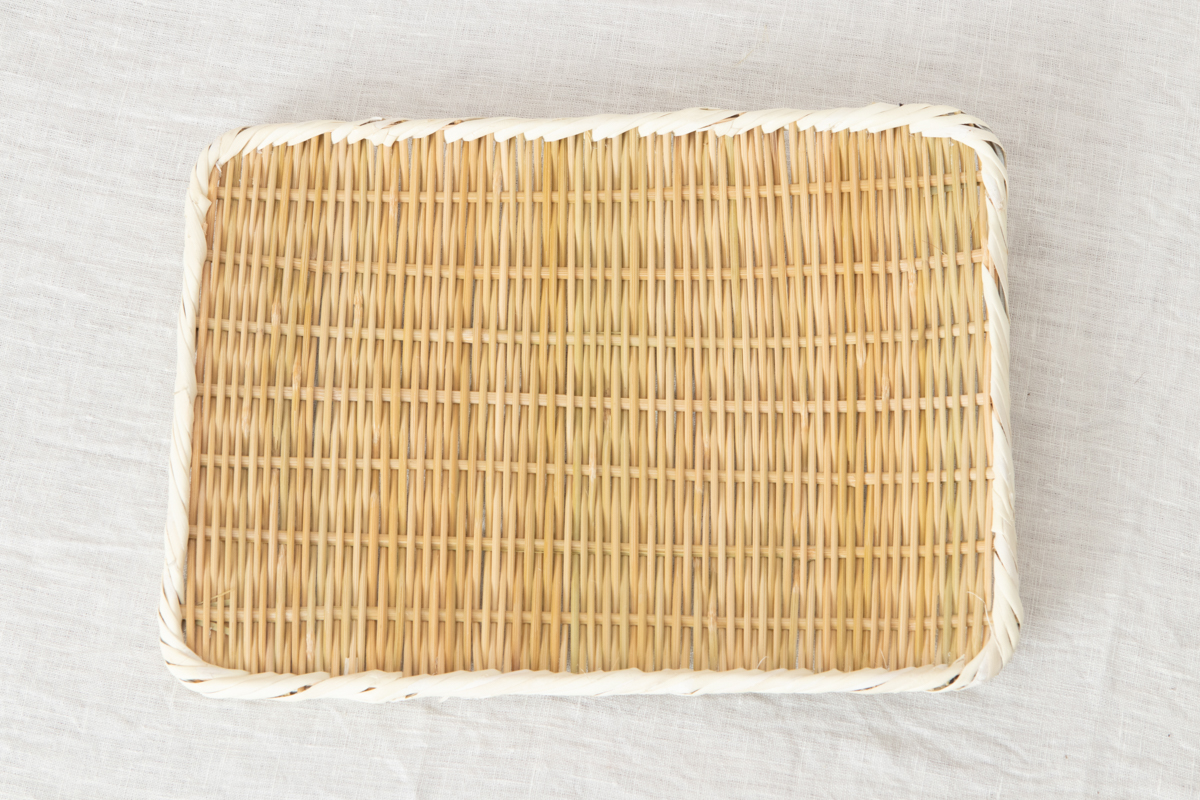

Simple yet sturdy, it is the standard for flat colanders.
This “Kaku-Bon” colander is also often used as a plate.
It is also recommended as a plate on which to place hot toast.
Unlike ceramics, steam escapes from the weaving and prevents the bottom from becoming steamy.
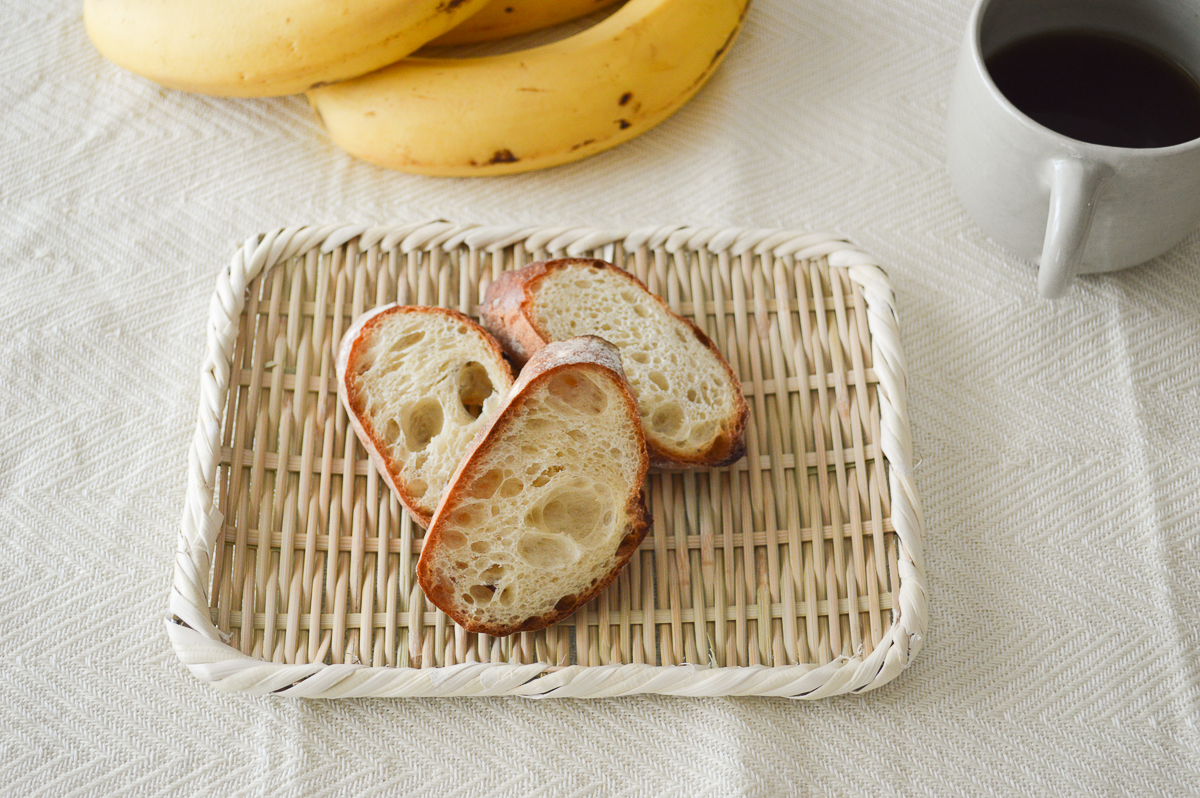
Some customers also choose the rectangular colander because of its rarity and ease of storage.
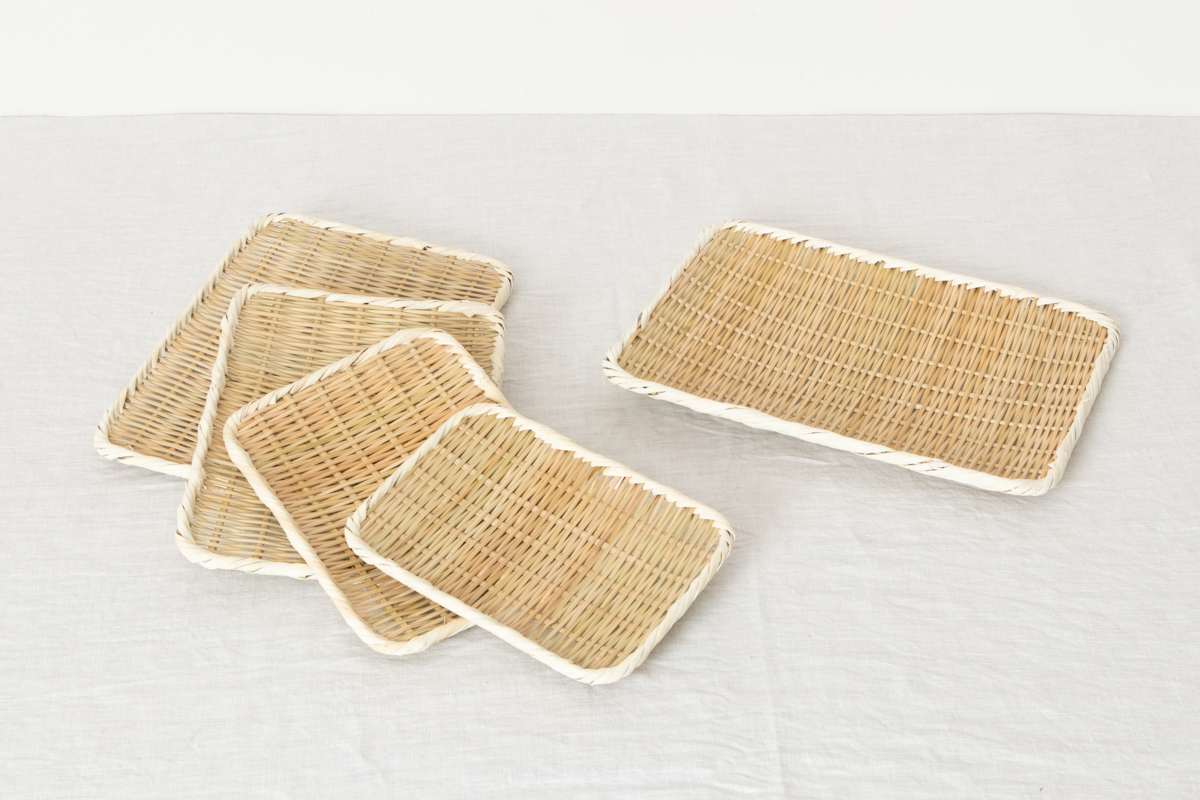
It goes well with Soba, Sōmen, Udon, Rāmen, or any other noodle dish.
It is also fun to use it as a plate with onigiri (rice balls) or bread on it.
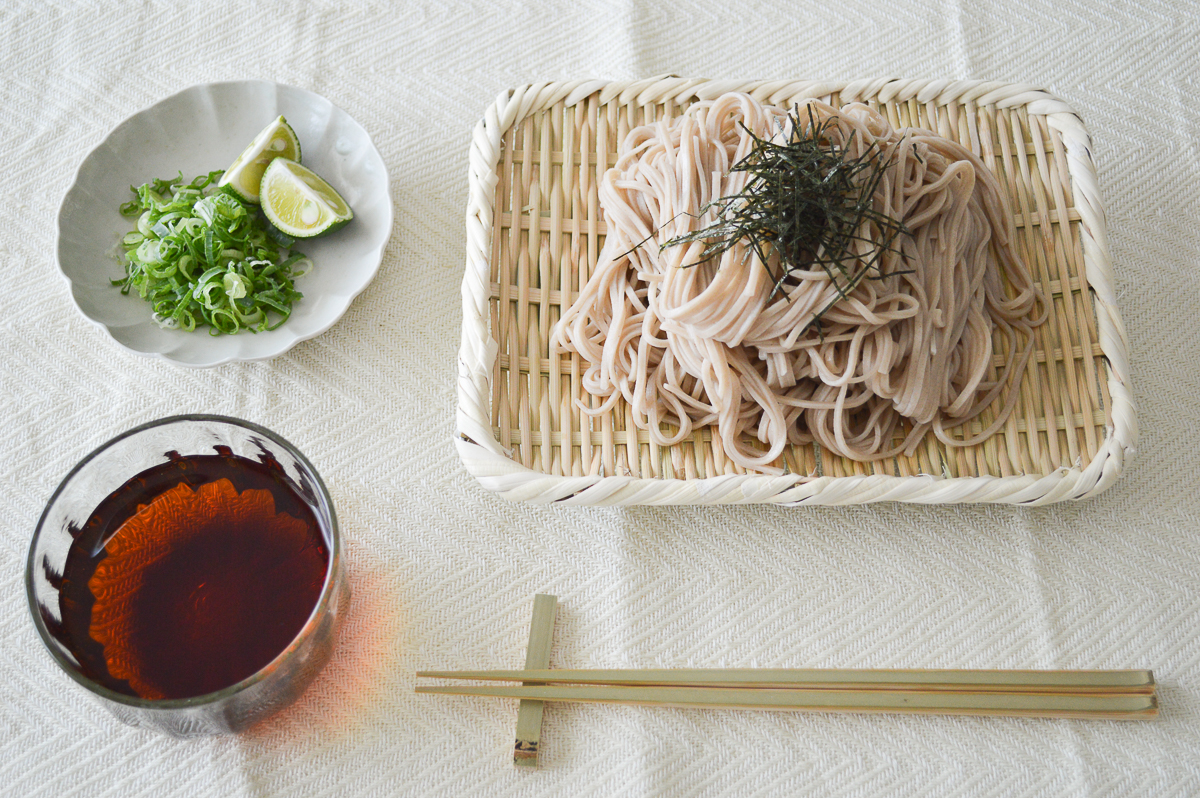
It is also often used as a drying colander because it is flat with little depth.
In Japan, this shape is sometimes chosen as a colander used by fishmongers to dry fish.
The rectangular shape seems to fit the shape of the fish better than the round.
It may be used for preparing not so large horse mackerel or mackerel fillets
by placing them here and sprinkling salt on them.
After handling raw fish or meat,
we recommend disinfection by pouring boiling water over the colander after use.
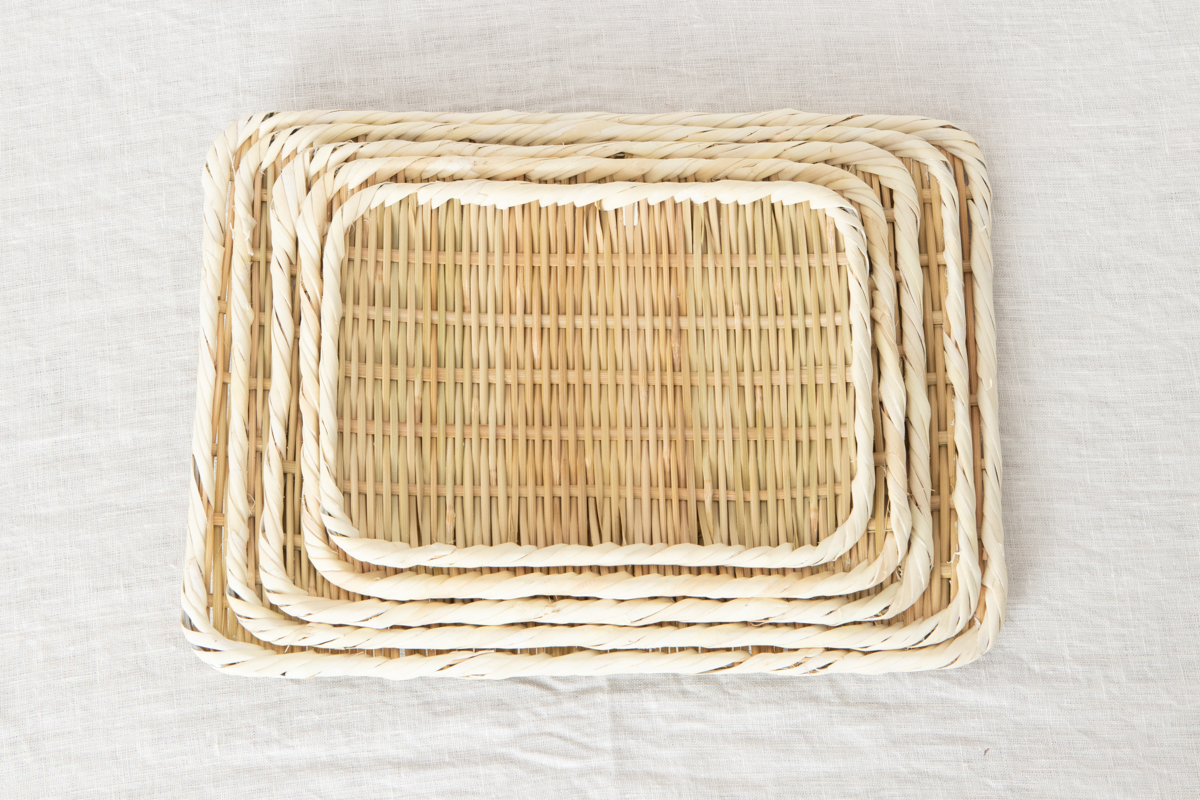
It is also recommended to serve fried or tempura dishes on a sheet of kitchen paper or wax paper.
If oil gets on the surface, use a mild detergent after use, scrub with a scrubbing brush,
rinse well with water, and dry in a well-ventilated place.
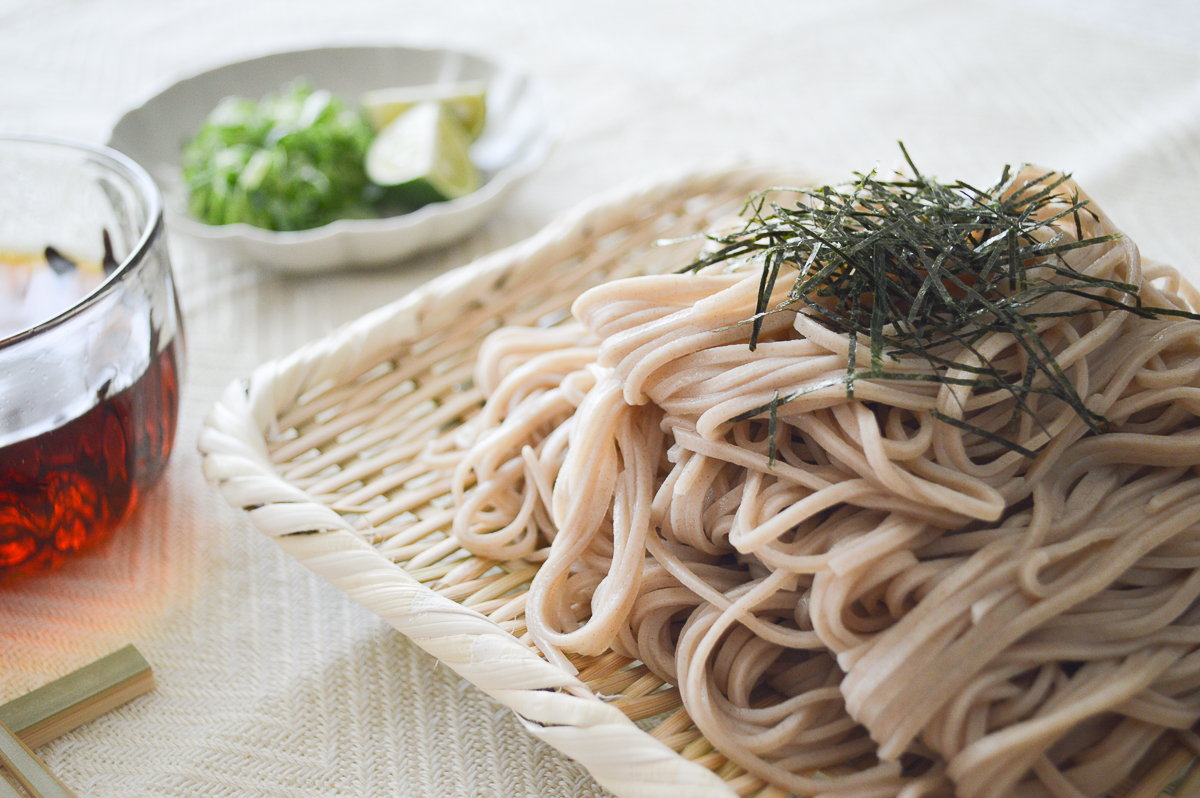
The “Kaku-Bon” is one of the standard colanders.
Please check the size carefully and choose the size you prefer.
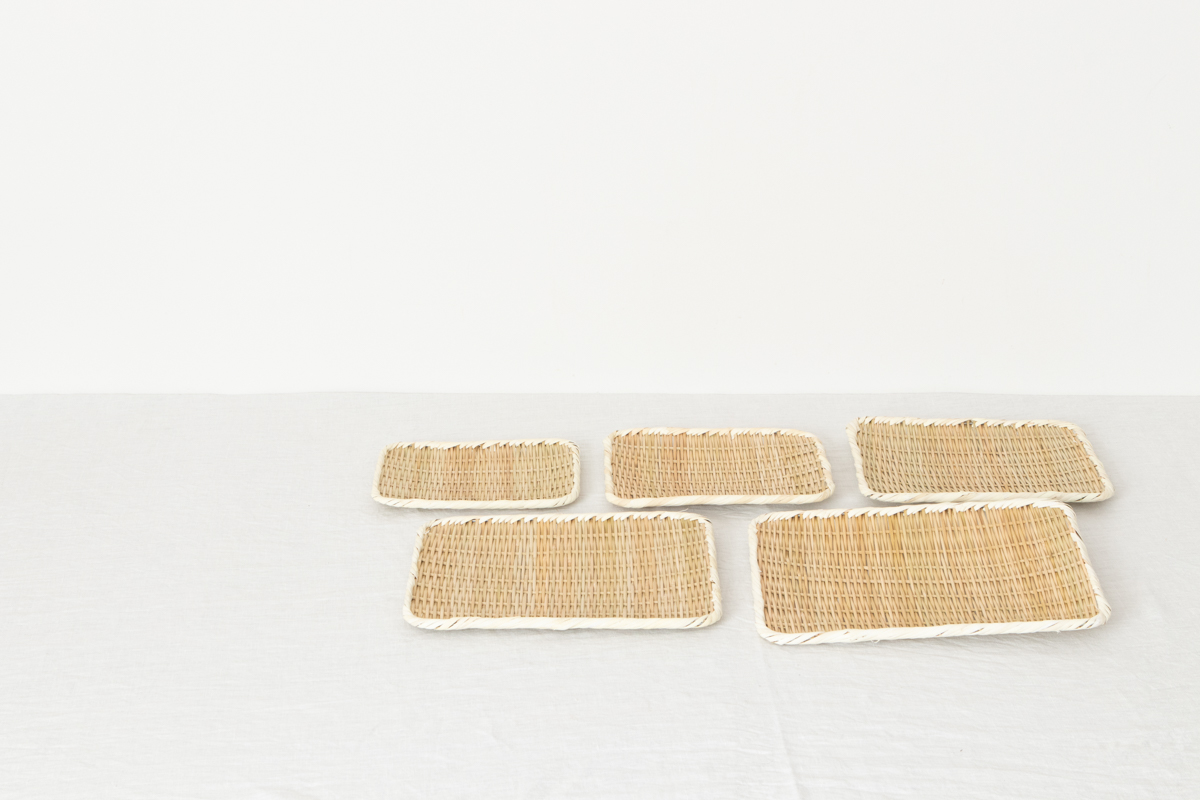
—Bamboo Crafts, Born and Departing from Sado Island—
According to records, Sado Island in Nīgata Prefecture has been shipping bamboo products off the island for more than 200 years.
Bamboo products were actively made on the island because of the high quality of bamboo suitable for bamboo crafts.
In the old days, many bamboo products were carried on ships
that sailed between Ōsaka and Hokkaidō on the Sea of Japan route.
Since thick bamboo does not grow in Hokkaidō,
many of the bamboo colanders and baskets were made on Sado Island, the ship’s port of call.
The bamboo products made on that Sado Island are characterized by their simple design and durability.
Many of them are for daily use, as if they were used in every Japanese household.
